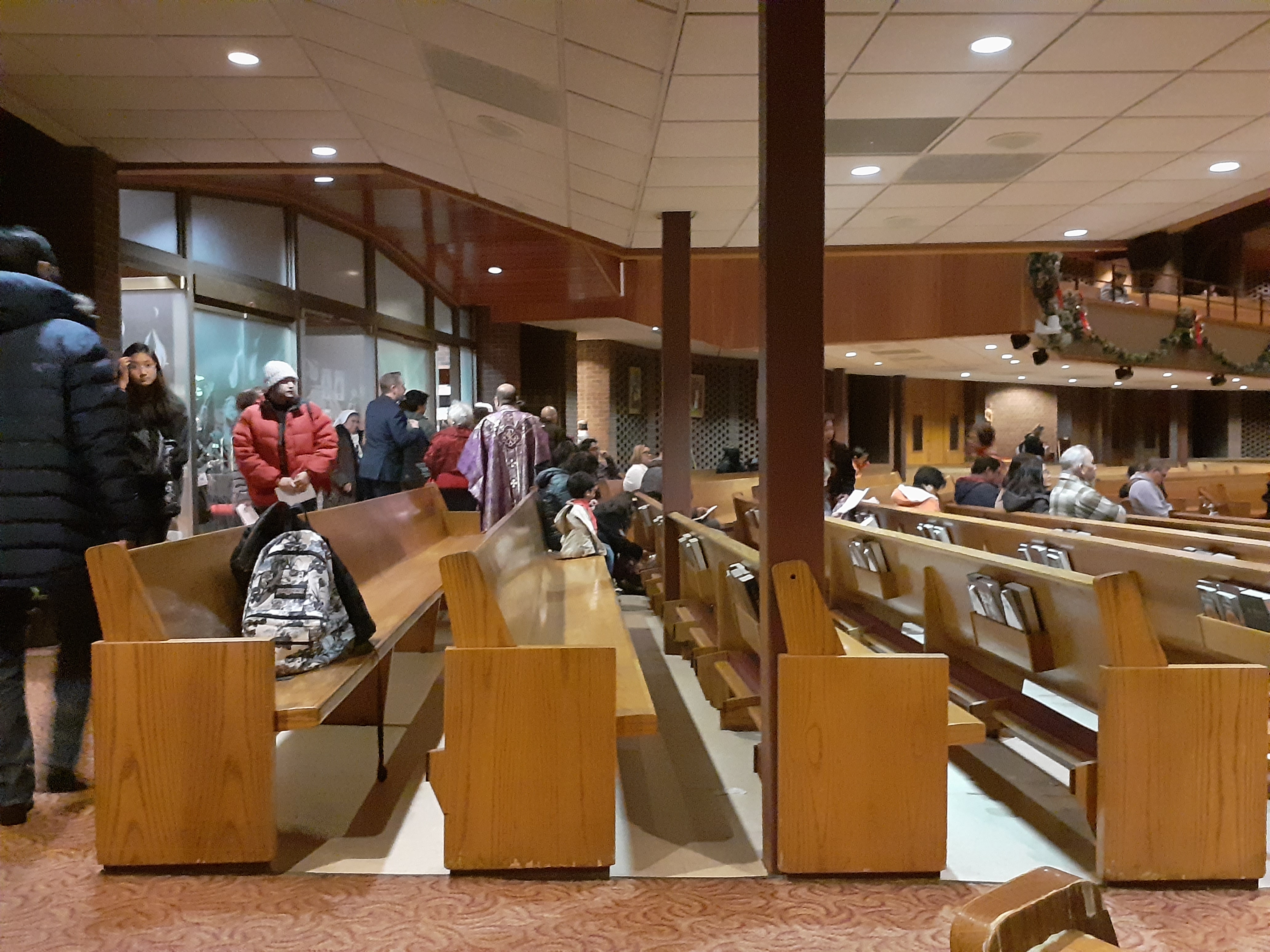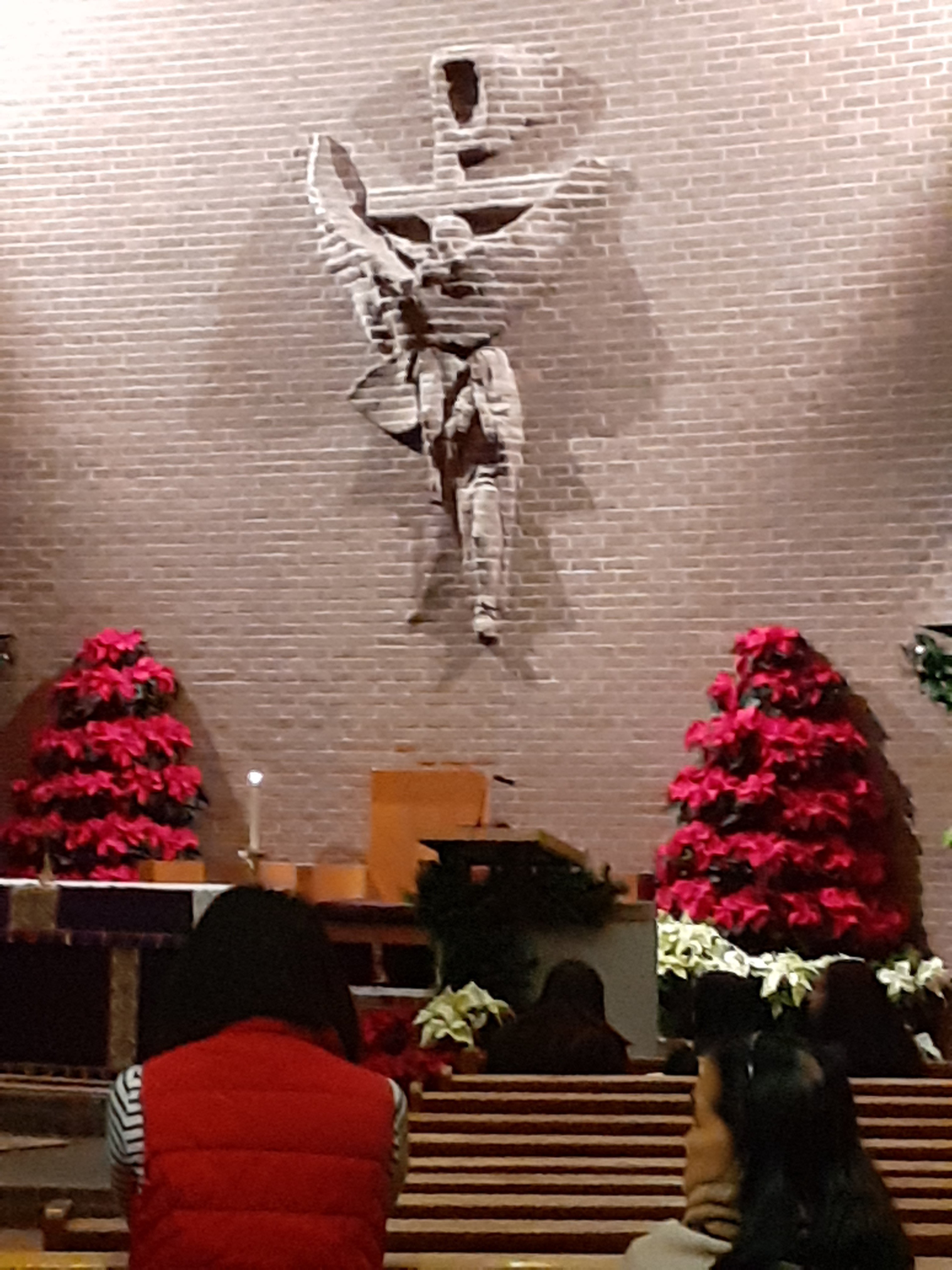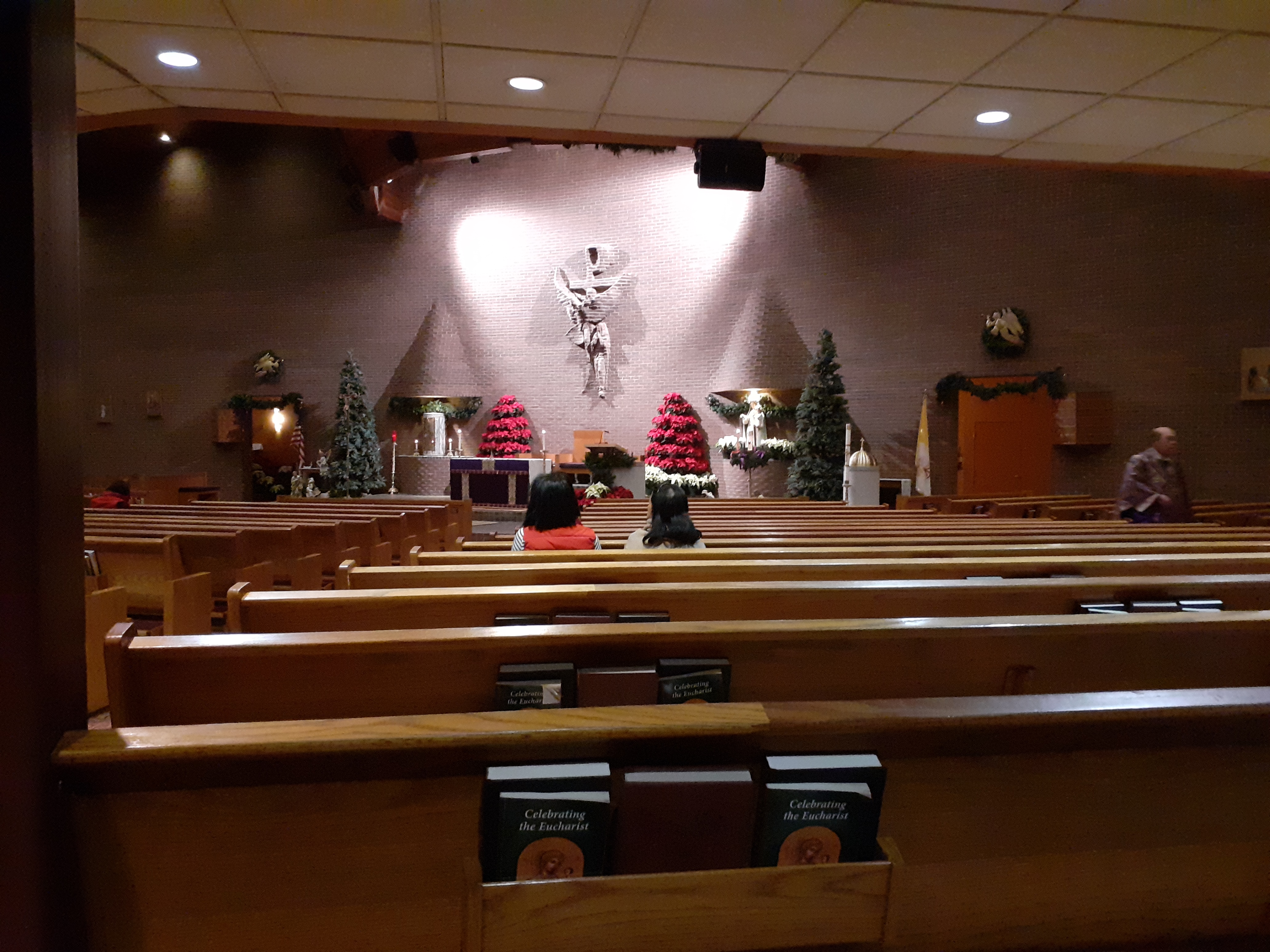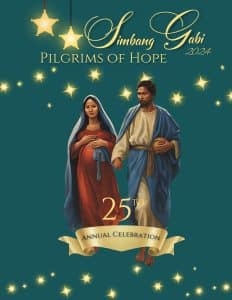
Simbang Gabi was introduced to the Philippines by Spanish friars in the 16th century. This novena of Masses is celebrated in the early morning hours, when the roosters crow to announce the coming of the new day (hence the name, Misa de gallo) for a very practical reason – Filipinos are mainly farmers or fisherfolk who either begin or end their day at dawn. Farmers begin their work at the crack of dawn to avoid the intense heat. Fishermen who spend all night at sea, come back to shore to sell their catch. Thus the Spanish missionaries decided just before dawn was the best time to gather all the people to pray and prepare for the coming of Jesus.
The history of Simbang Gabi is all but forgotten now. But the tradition to worship and meditate on the mystery of the Incarnation; the loving appreciation for the role of Mary as the bearer of the child, Jesus; and, the fatherly love of Joseph for his family – these remain strong in the faith life of Filipinos every where in the world. The Filipino immigrants have proudly introduced this beautiful tradition to the Church in the United States. Since winter weather in most parts of the country makes it impractical to hold the Mass celebrations at dawn, local parishes have adapted the practice and celebrate Simbang Gabi in the evenings.
Download the 11 x 7 version of the flyer here!
Download a parish promotional template to add your parish’s details!
Click below to download our logo for this year!
NOTE: St. Veronica’s 12/17 Mass is at 7:00 PM, not 6:00 PM as listed on the flyer
Sunday, December 15
- Holy Family, Dale City – 5:00 PM
- Christ the Redeemer, Sterling – 5:30 PM
- St. Louis, Alexandria – 6:00 PM
- St. John the Evangelist, Warrenton – 7:00 PM
Monday, December 16
- St. Leo the Great, Fairfax – 5:00 AM
- St. Ann, Arlington – 5:00 AM
- Nativity Parish, Burke – 7:00 PM
Tuesday, December 17
- St. Leo the Great, Fairfax – 5:00 AM
- St. Ann, Arlington – 5:00 AM
- Our Lady of Good Counsel – 7:00 PM
- St. Veronica, Chantilly – 7:00 PM
- St. Theresa, Ashburn – 7:00 PM
Wednesday, December 18
- St. Leo the Great, Fairfax – 5:00 AM
- St. Ann, Arlington – 5:00 AM
- St. Joseph, Herndon – 7:00 PM
Thursday, December 19
- St. Leo the Great, Fairfax – 5:00 AM
- St. Ann, Arlington – 5:00 AM
- St. Thomas à Becket, Reston – 6:00 PM
- Corpus Christi, South Riding – 7:00 PM
- St. Mary of Sorrows, Fairfax – 7:00 PM
Friday, December 20
- St. Leo the Great, Fairfax – 5:00 AM
- St. Ann, Arlington – 5:00 AM
- St. James, Falls Church – 6:00 PM
- St. Elizabeth Ann Seton, Lake Ridge – 6:00 PM
- Blessed Sacrament, Alexandria – 7:00 PM
- Queen of Apostles, Alexandria – 7:00 PM
- All Saints, Manassas – 7:00 PM
Saturday, December 21
- St. Leo the Great, Fairfax – 5:00 AM
- St. Ann, Arlington – 5:00 AM
- Good Shepherd, Alexandria – 6:00 AM
- St. Anthony, Falls Church – 4:30 PM
- St. John the Apostle, Leesburg – 7:00 PM
- Sacred Heart, Manassas – 7:00 PM
- St. Bernadette, Springfield – 7:00 PM
Sunday, December 22
- St. Leo the Great, Fairfax – 5:00 AM
- St. Ann, Arlington – 5:00 AM
- St. Timothy, Chantilly – 5:30 PM
- Cathedral of St. Thomas More – 5:30 PM (Mass with Most Reverend Michael F. Burbidge, Bishop of Arlington)
Monday, December 23
- St. Leo the Great, Fairfax – 5:00 AM
- St. Ann, Arlington – 5:00 AM
- St. Phillip, Falls Church – 7:00 PM
Tuesday, December 24
- St. Leo the Great, Fairfax – 5:00 AM
- St. Ann, Arlington – 5:00 AM
Highlights from Simbang Gabi
Media Coverage
“Bishop Burbidge joins 1,400 at Filipino community Mass for Simbang Gabi” – By Zoey Maraist, Catholic Herald Staff Writer
In the 16th century, Spanish friars introduced the people of the Philippines to Simbang Gabi – the custom of attending Mass on each of the nine days leading up to Christmas. Before the sun rose, and before they headed out to labor in the fields or set out to sea, people would gather to celebrate Advent.
Growing up in the Philippines, Sylvia “Beng” Magalong, a parishioner of Holy Spirit Church in Annandale, occasionally would go with her mother early in the morning to Simbang Gabi Masses. When she moved to the United States, attending Simbang Gabi became a way to remember her culture.
“I think it’s a form of evangelization,” said Magalong, who likes to invite family and friends to the celebrations.
- Bishop Burbidge celebrated Mass marking the diocese’s 20th Anniversary of the end of Simbang Gabi
https://www.catholicherald.com/News/Local_News/Bishop_Burbidge_celebrated_Mass_marking_the_diocese_s_20th_Anniversary_of_the_end_of_Simbang_Gabi - Filipino Catholics celebrate Simbang Gabi (2019)
https://www.catholicherald.com/News/Local_News/Filipino_Catholics_celebrate_Simbang_Gabi - Simbang Gabi helps families keep traditions from their homeland
https://www.catholicherald.com/news/local_news/simbang_gabi_helps_families_keep_traditions_from_their_homeland - A Filipino novena prepares Catholics for Christmas
https://www.catholicherald.com/news/local_news/a_filipino_novena_prepares_catholics_for_christmas - Filipino community celebrates 500-year-old tradition in Northern Virginia (WDVM TV)
http://www.localdvm.com/news/virginia/filipino-community-celebrates-500-year-old-tradition-in-northern-virginia/887484409 - Simbang Gabi Christmas Service (WFXR Roanoke, Va.)
https://app.criticalmention.com/app/#clip/view/31593419?token=f9421bcf-9158-43f4-97a5-06b4b77c2aeb - Filipino community celebrates 500 year-old tradition (Alexandria News)
http://www.alexandrianews.org/2017/12/filipino-community-celebrates-500-year-christmas-tradition/
Performances from Simbang Gabi 2017

“Payapang Daigdig” arranged by Brian Ponce
Learn more about Simbang Gabi
Parol (Christmas lantern) symbolizes the Star of Bethlehem that the three wise men followed. The parol represents the spiritual heritage of Filipinos as bearers of light when migrating to different continents of the world, bringing with them the gift of their Catholic faith and sharing the tradition of Simbang Gabi.
Bigas (Rice) is the staple food of the Filipinos. Rice is made up of many grains, so many seeds in a stalk. A single grain cannot stand on its own. Each and every grain needs others to become food. This rice symbolizes the Fiipinos’ faith, the family, the church community which need to be together, to be one and to find strength in unity.
Prutas (Fruits) symbolize the good harvest, the blessings received from God. As immigrants to this country, Filipinos are proud of their achievements and contributions to the Church and to society in general.
Bulaklak (Flowers) represent the joy and appreciation for life as Jesus’ birth brings life. Flowers are offered to show the Filipinos’ deep devotion and homage to Go


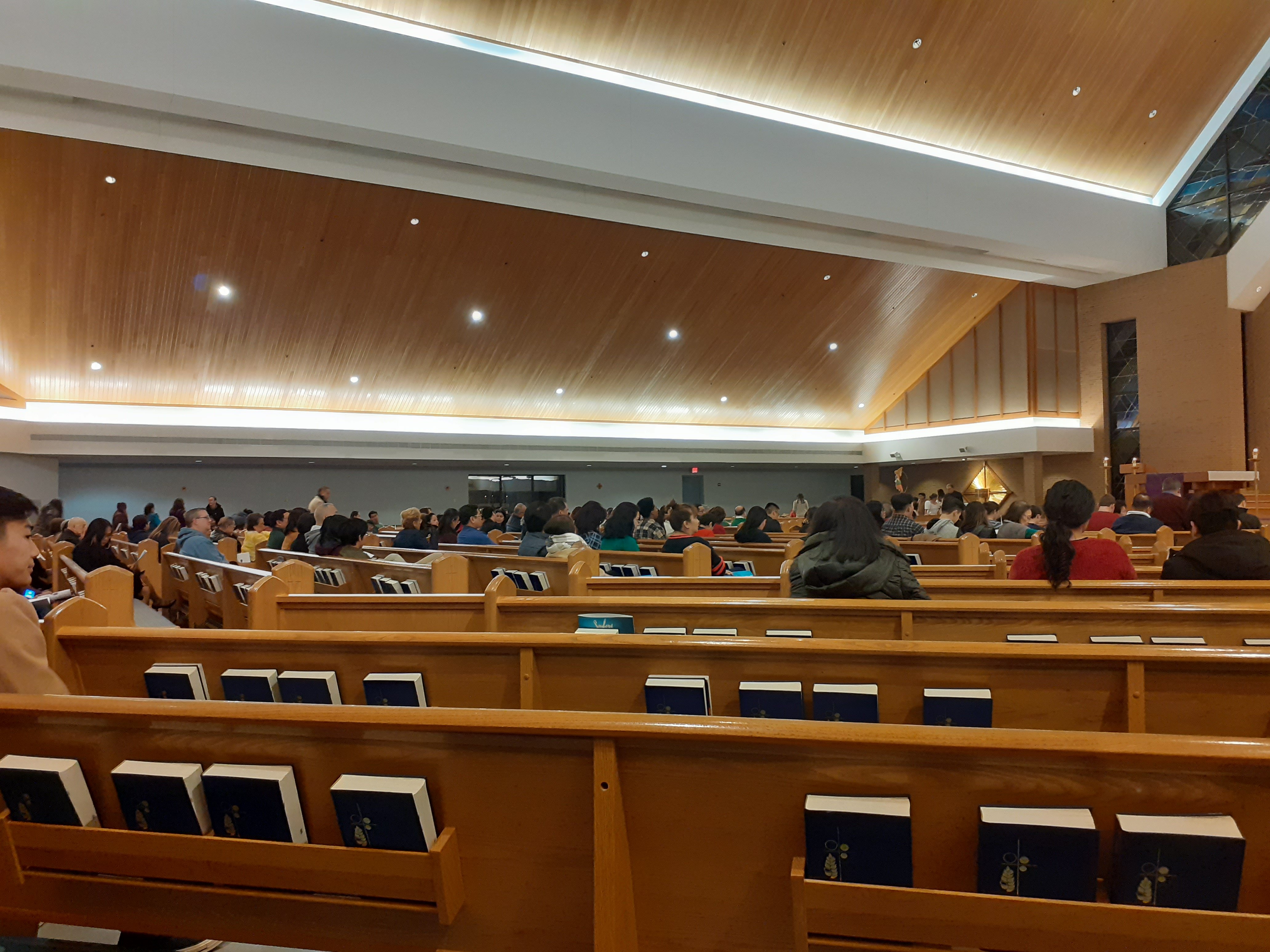
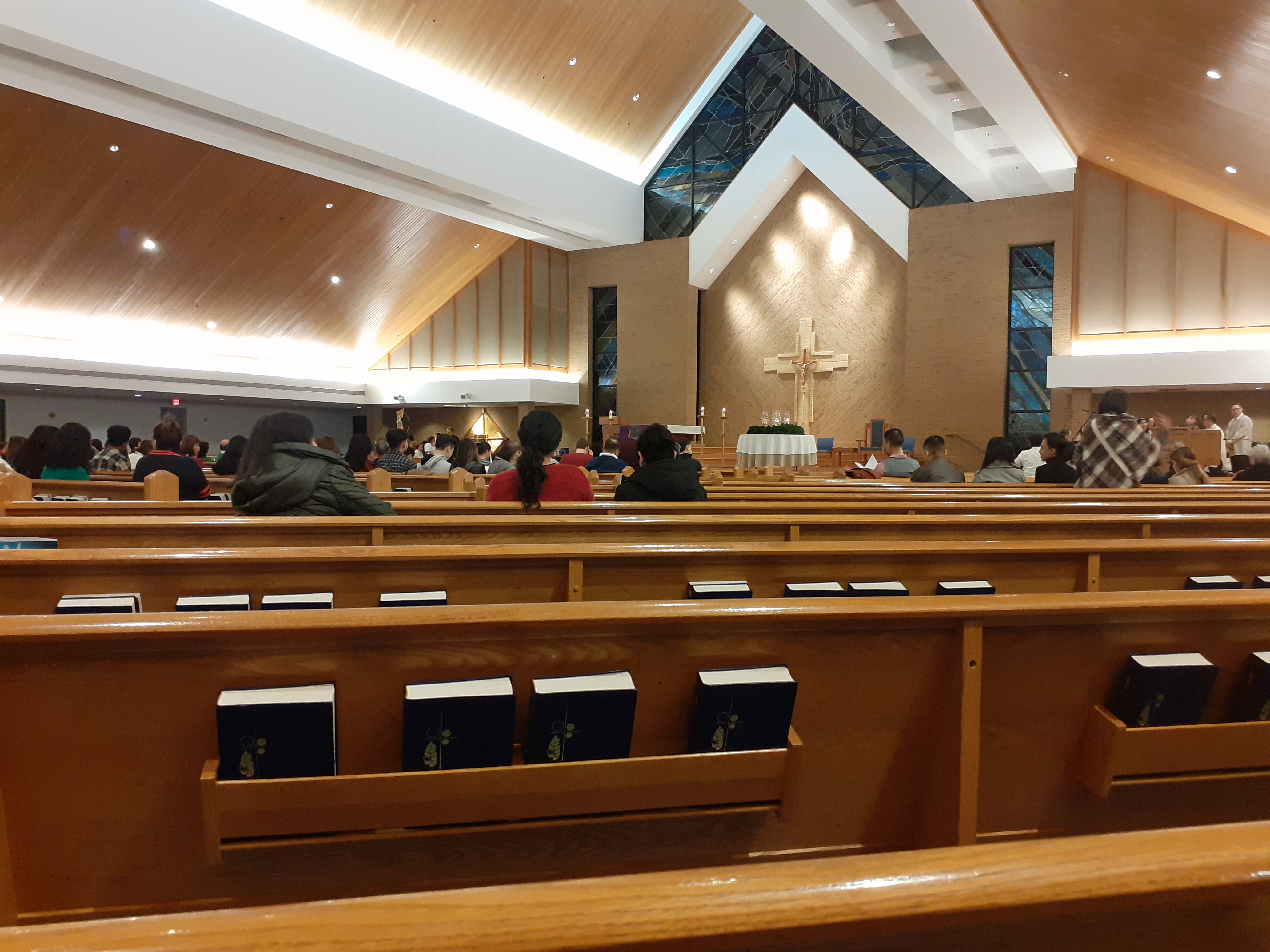
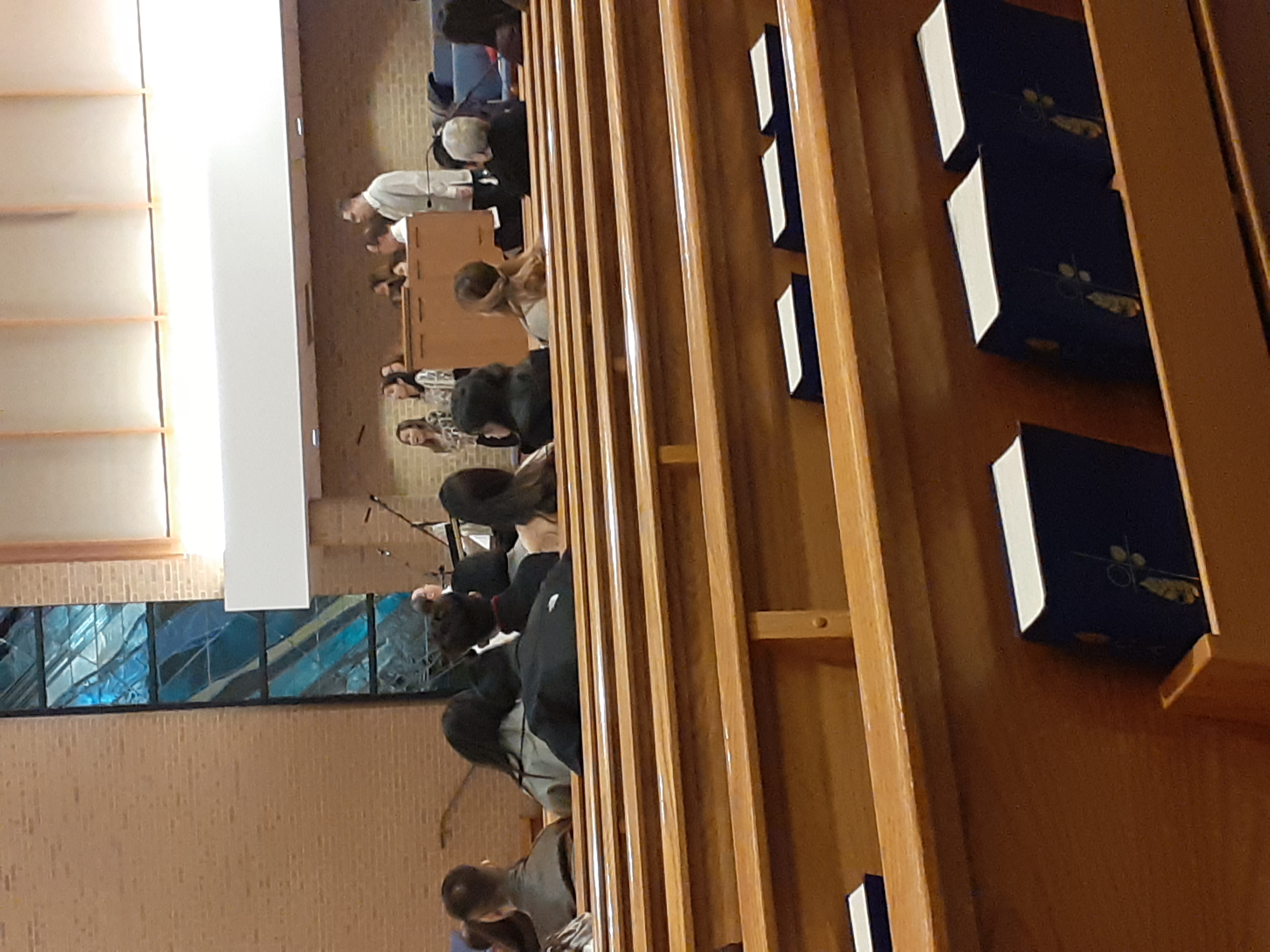
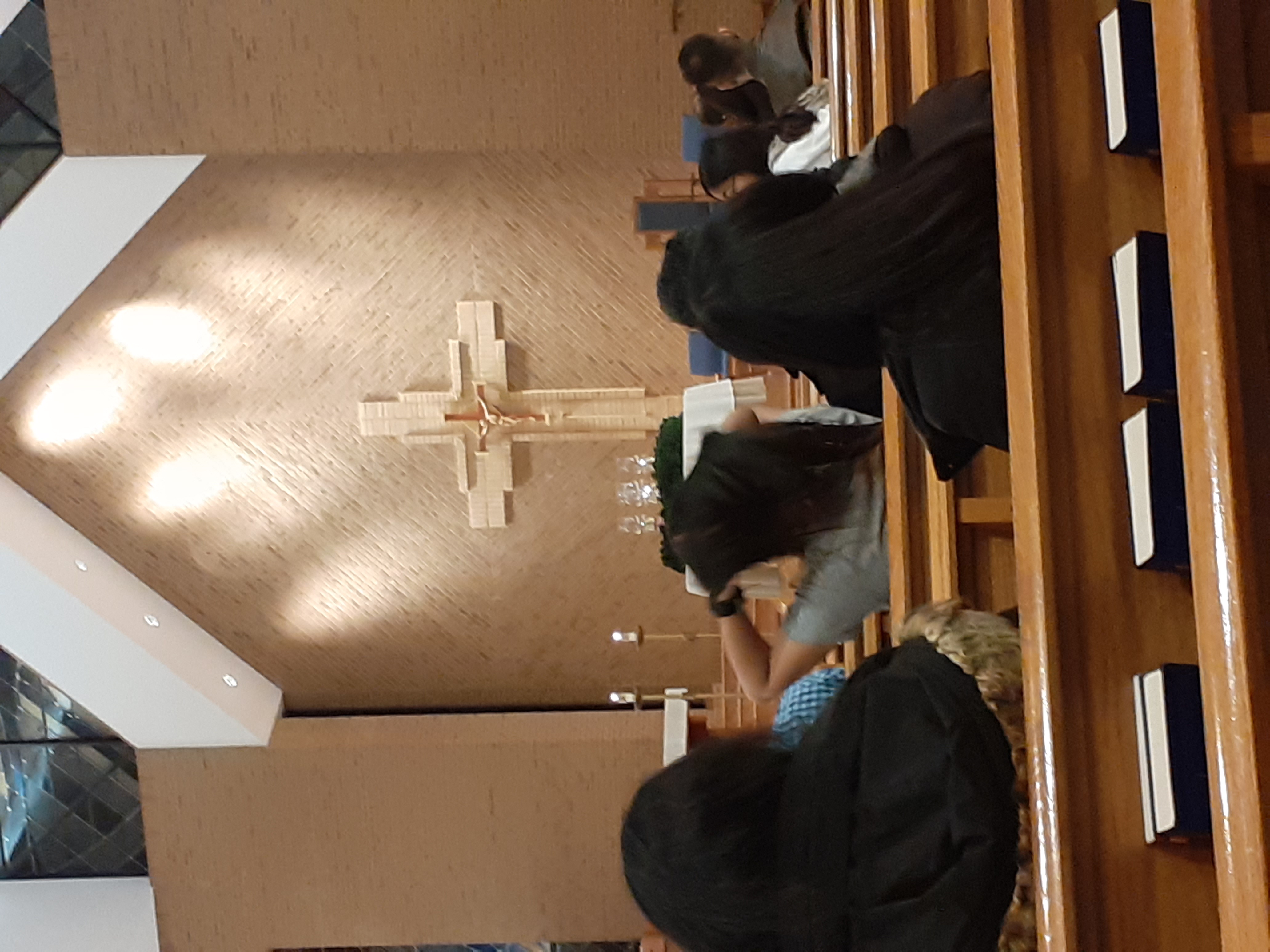
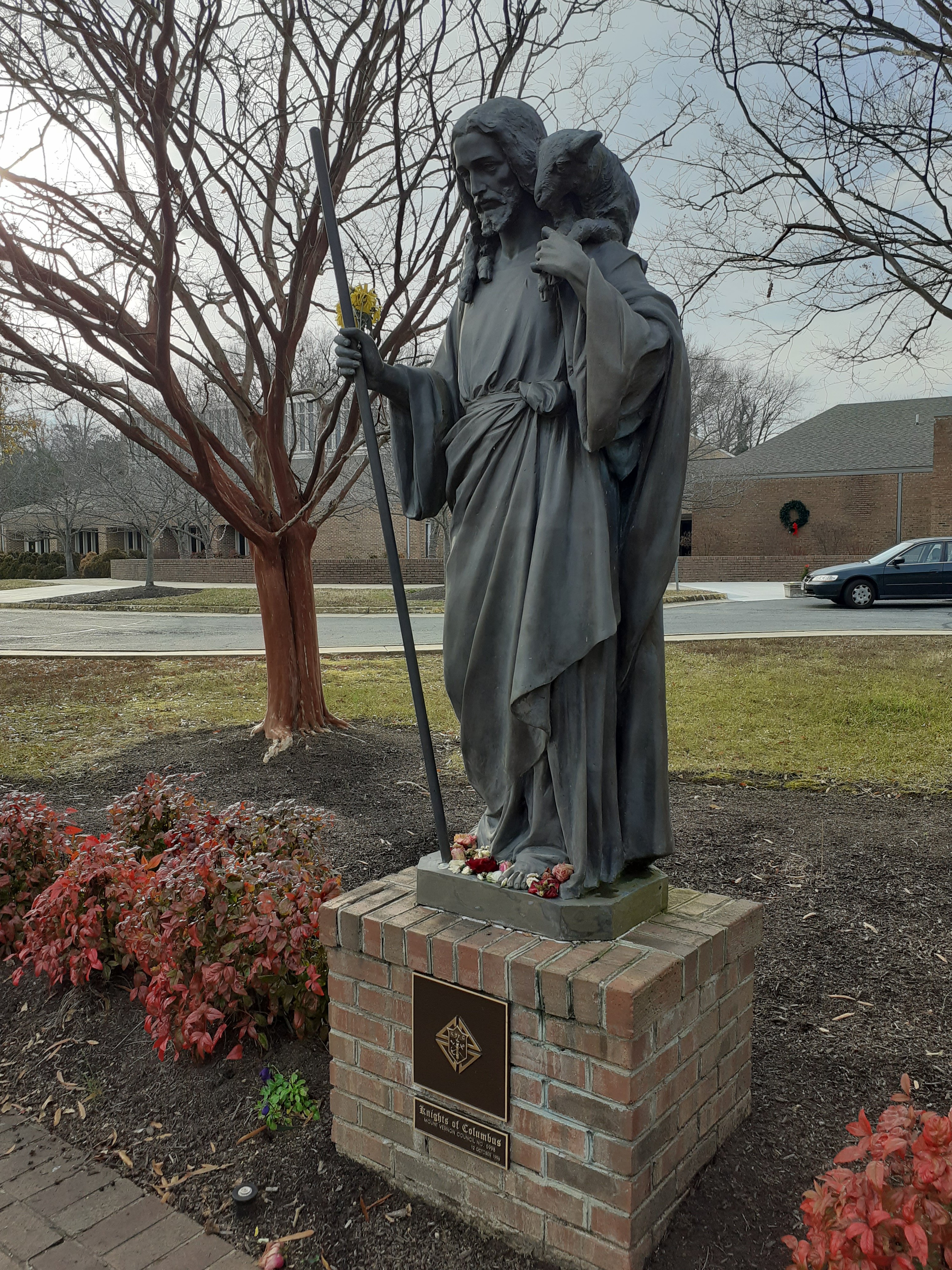
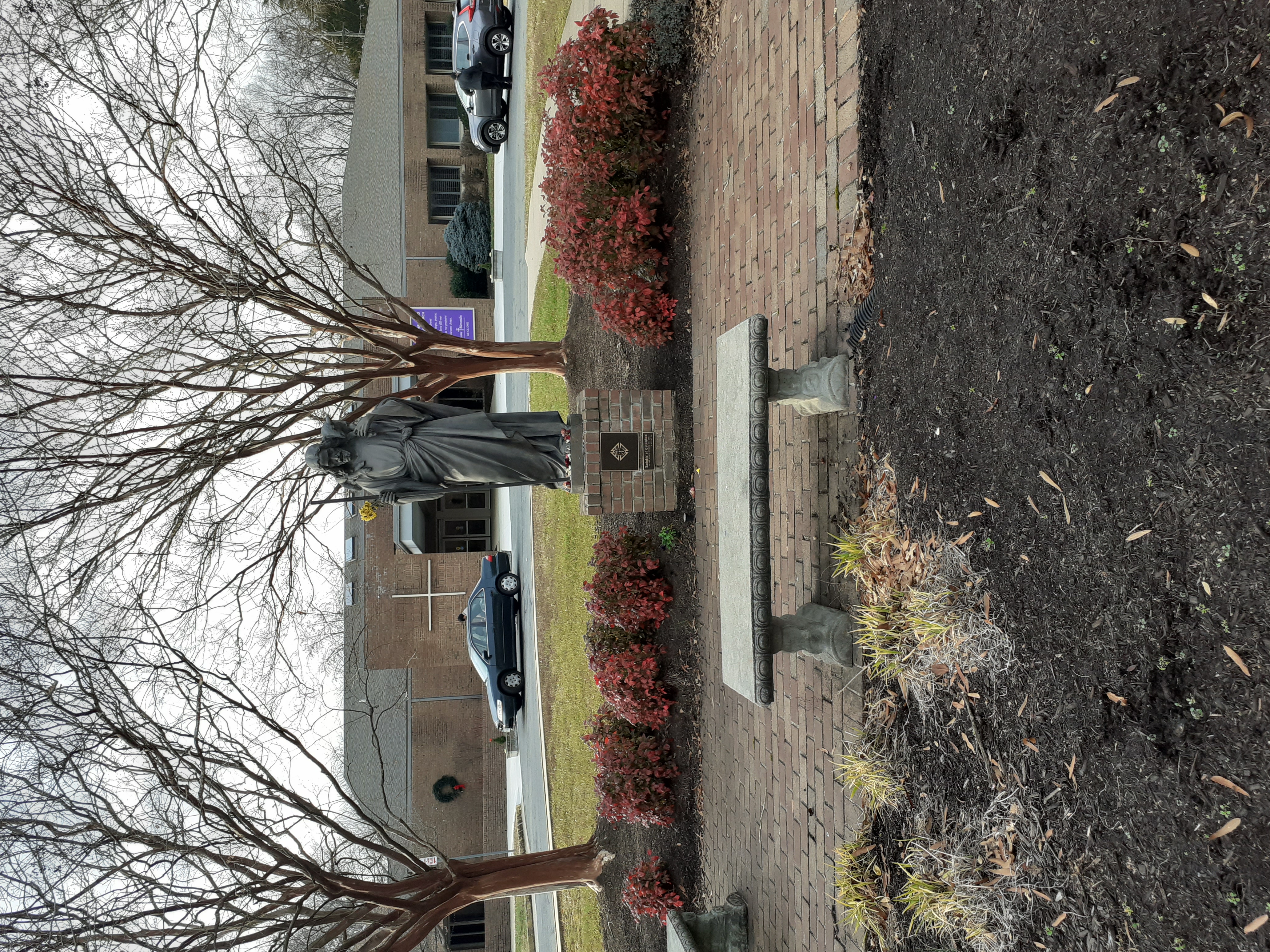
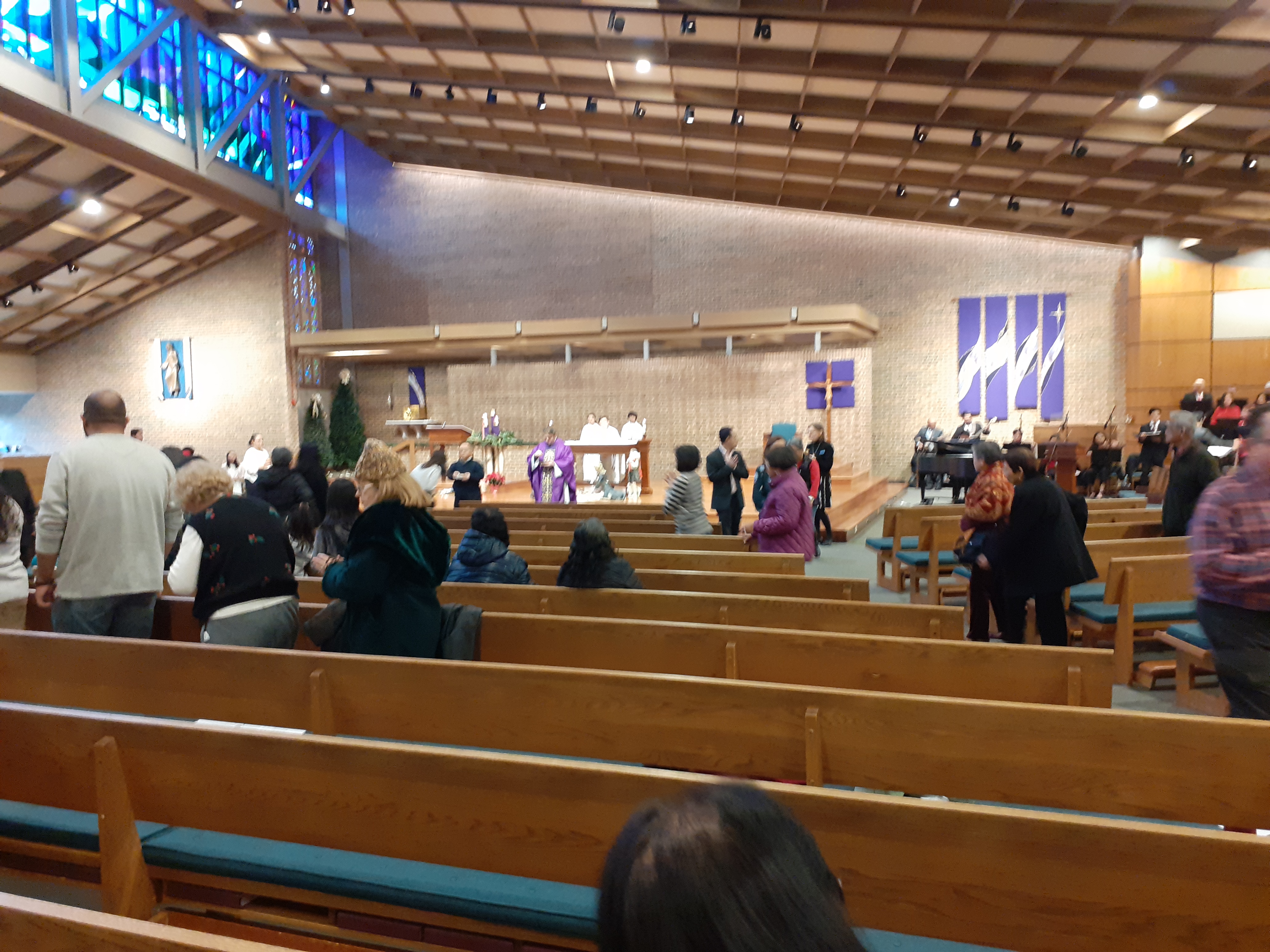
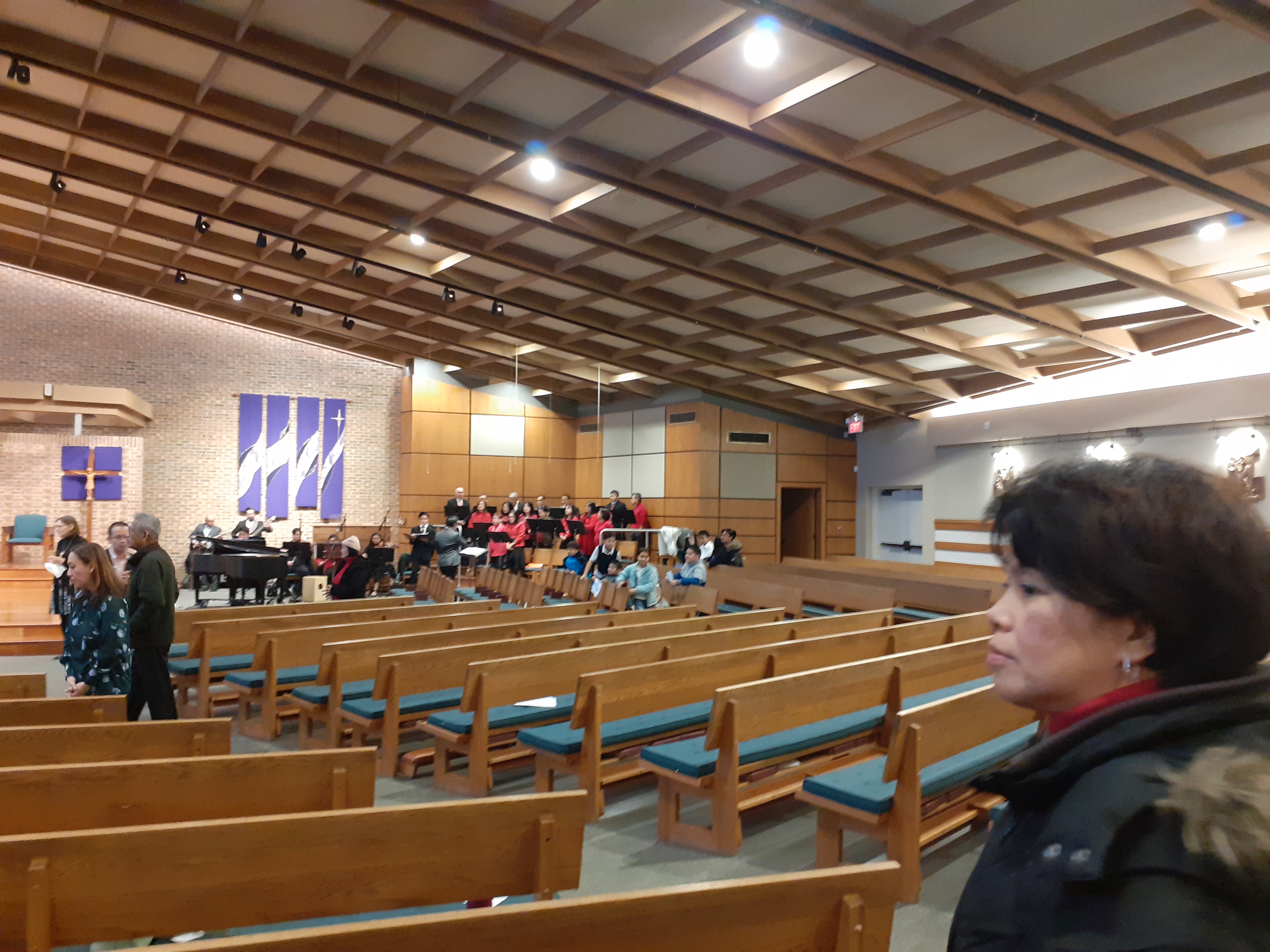
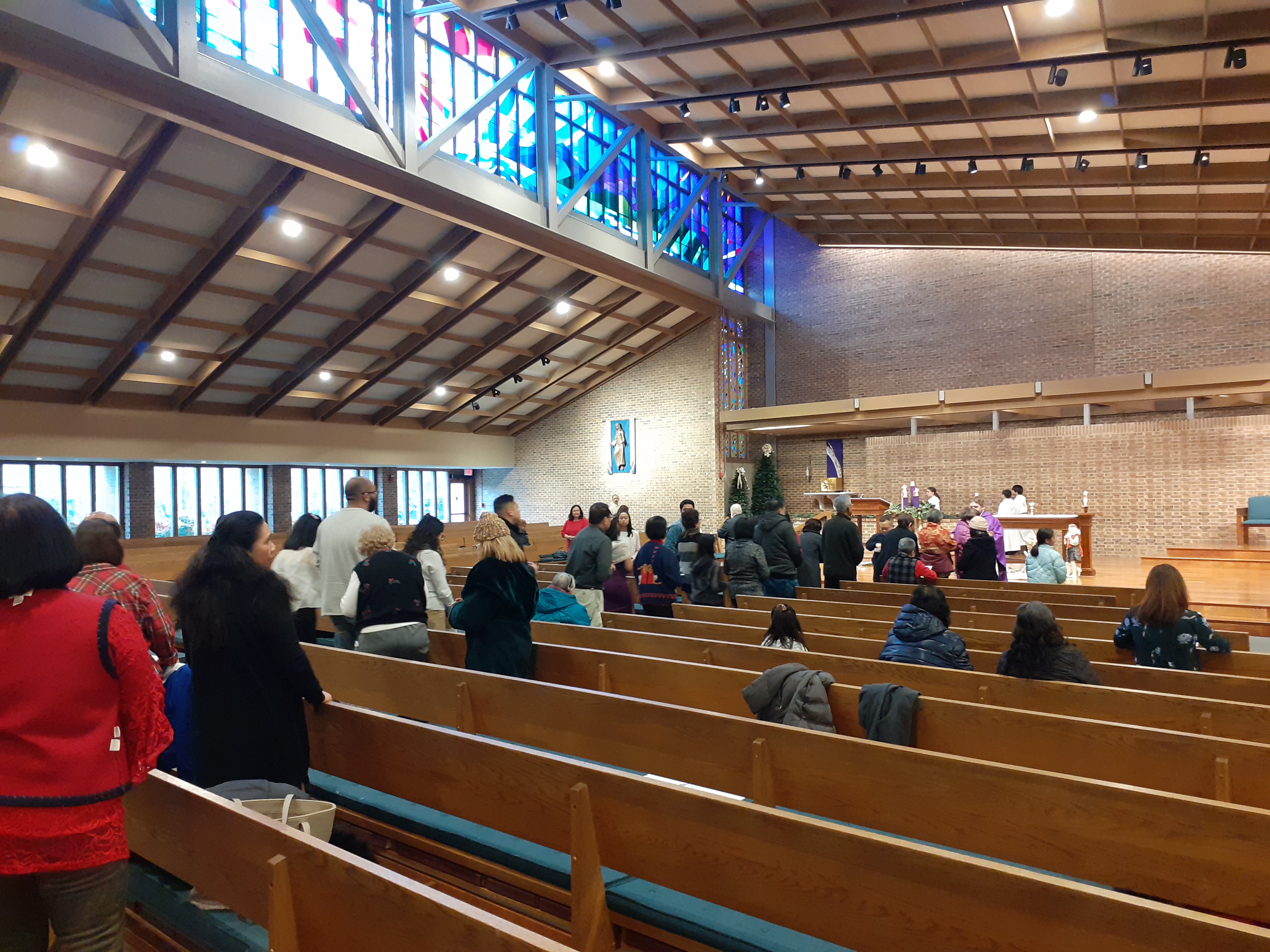
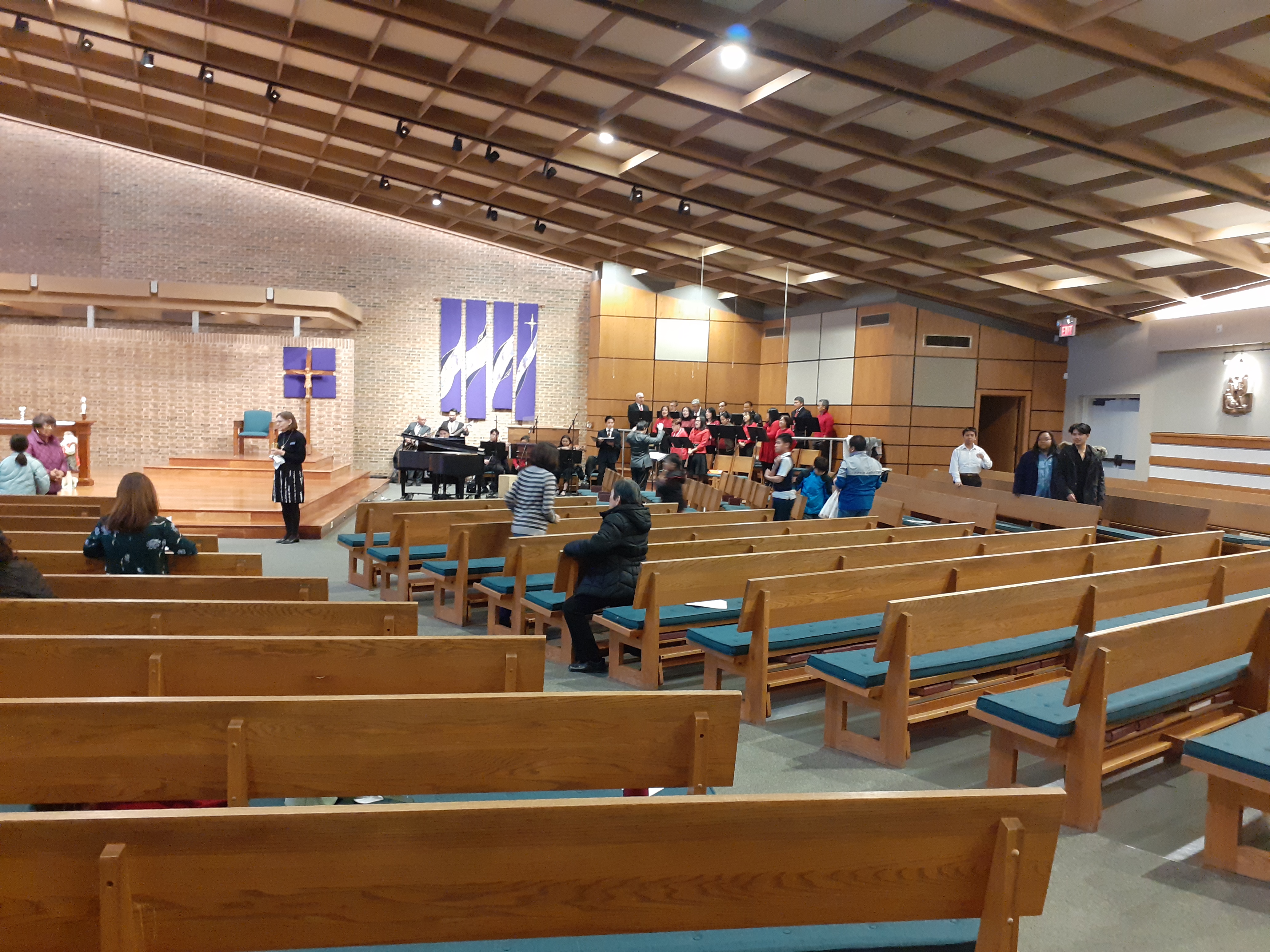
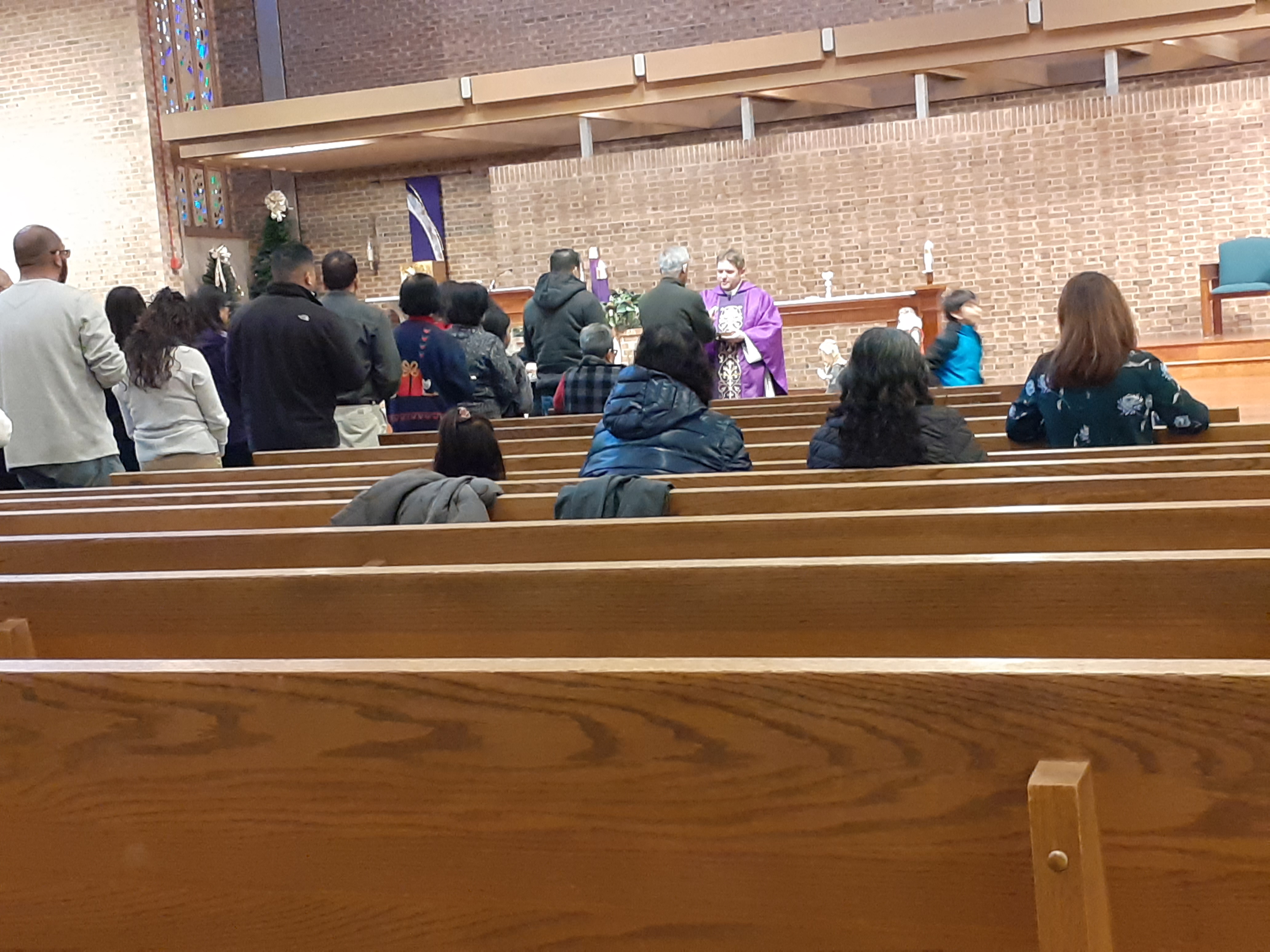
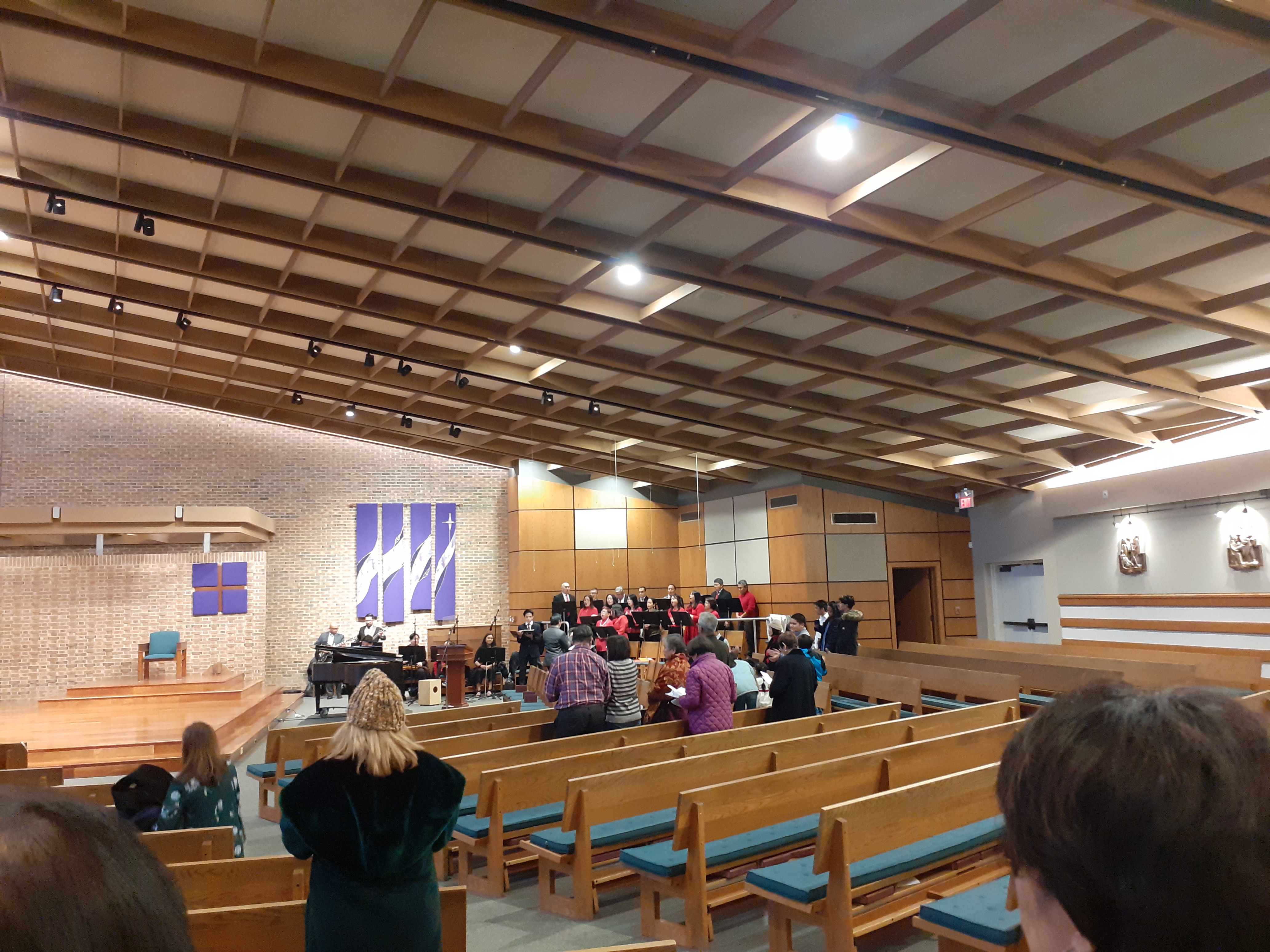
.jpg)
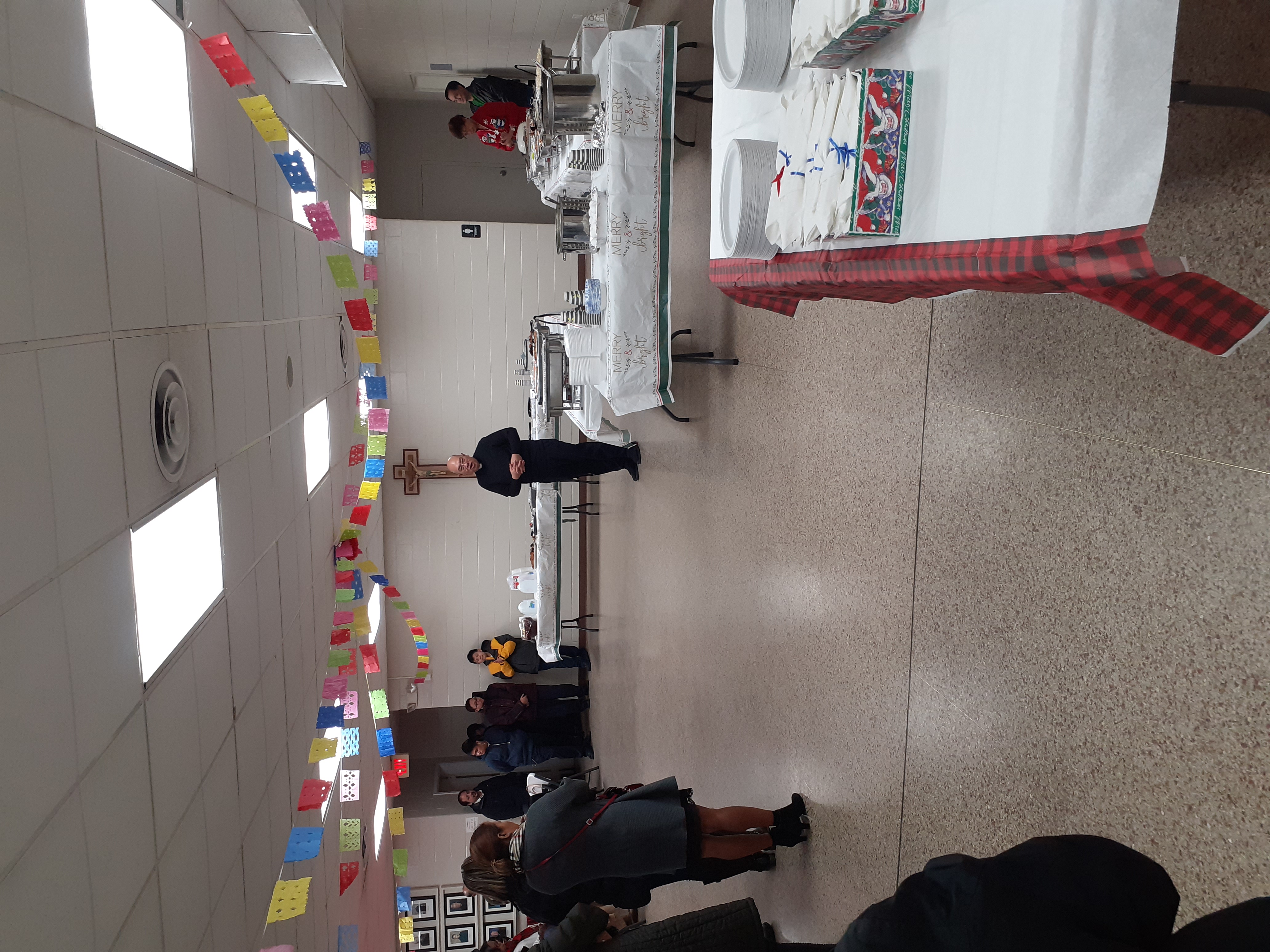
.jpg)
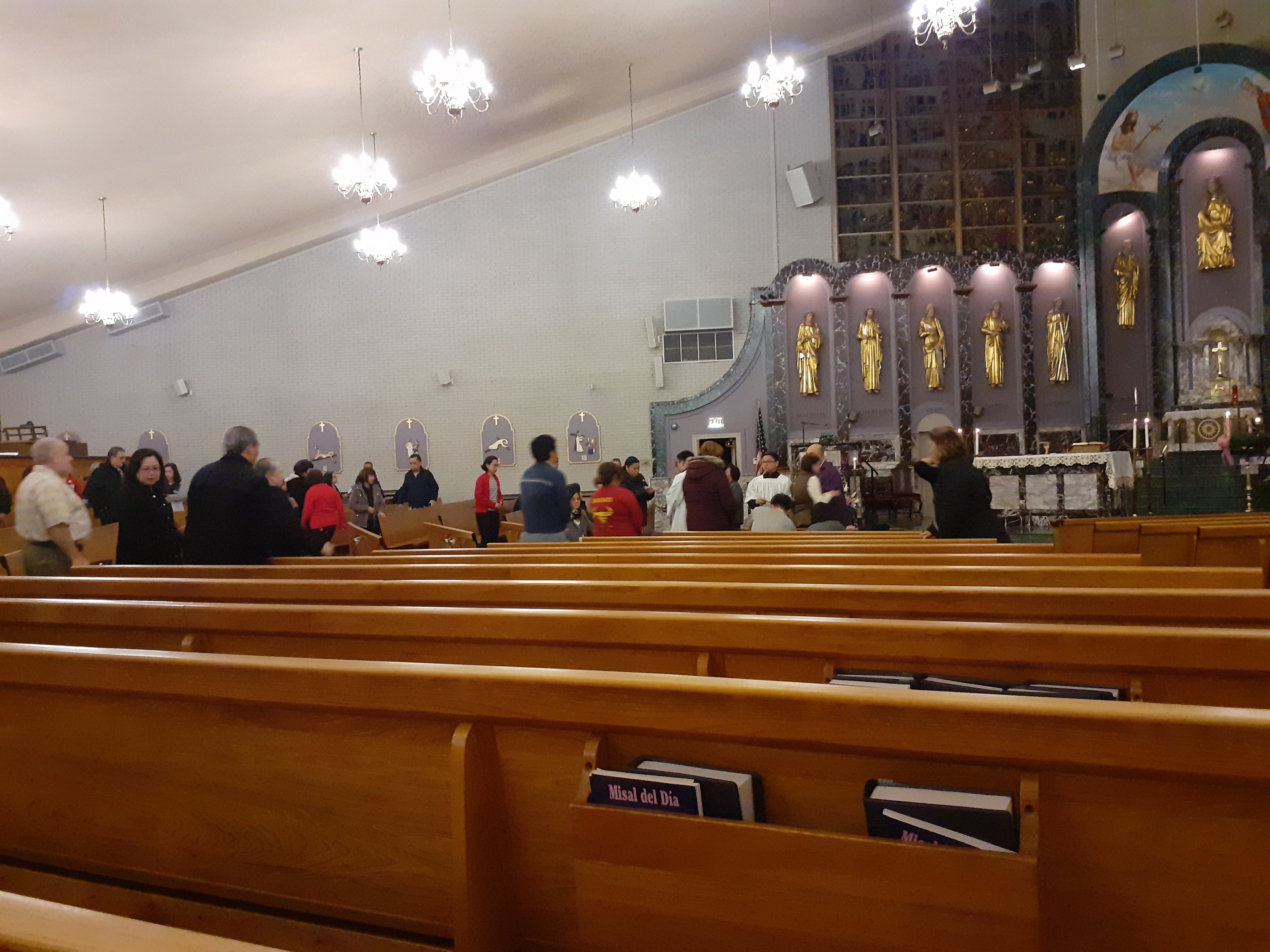
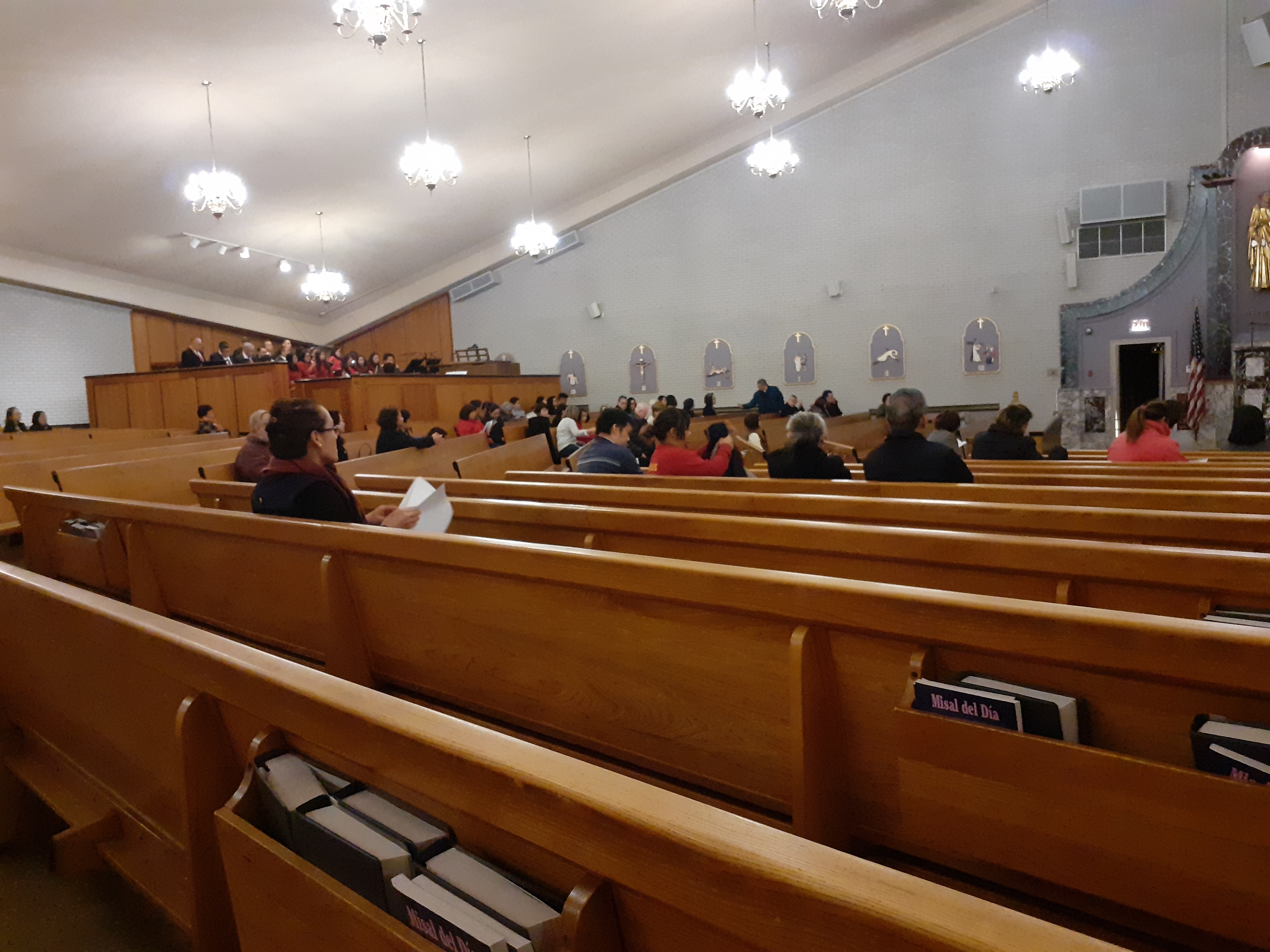
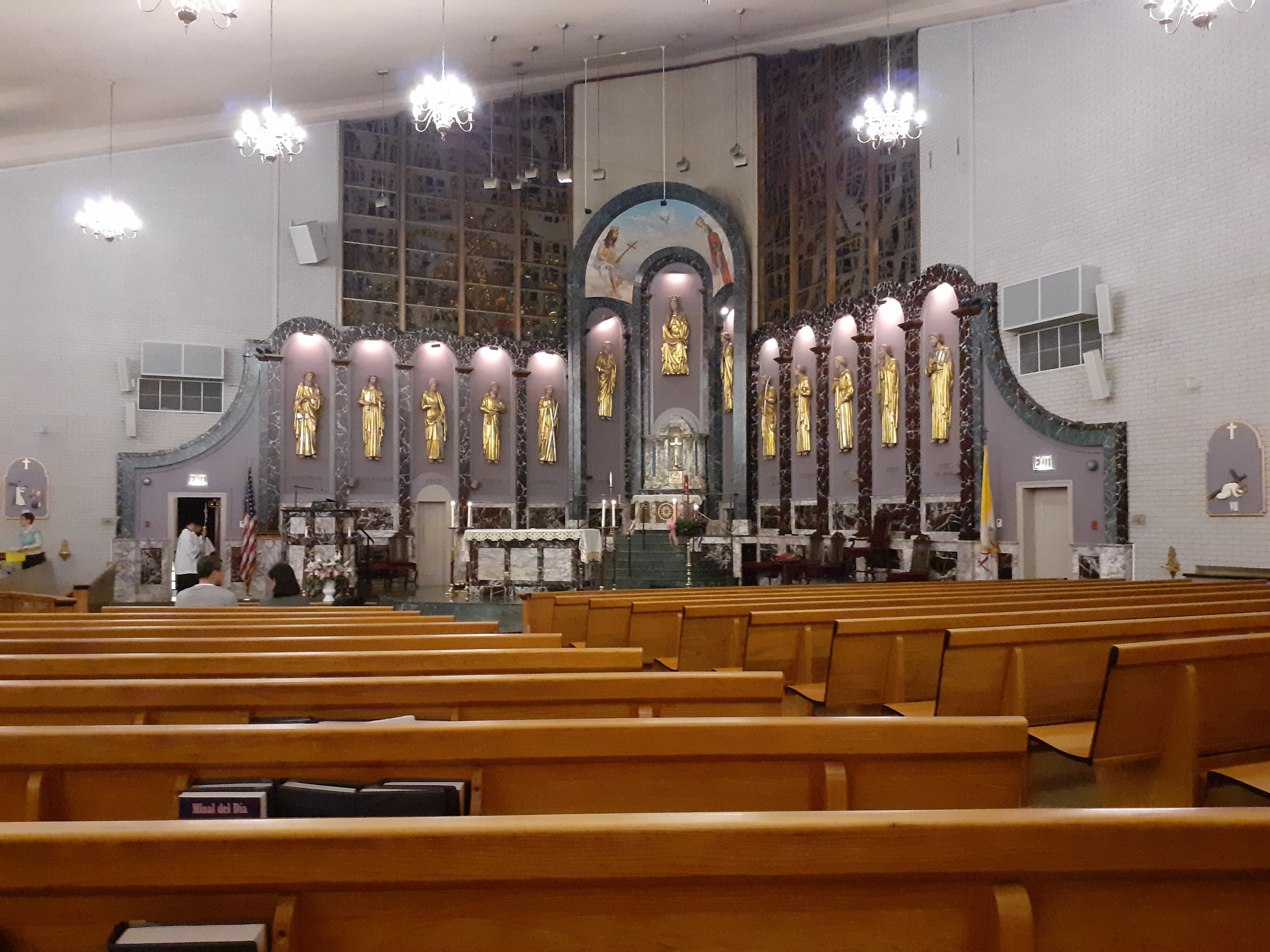
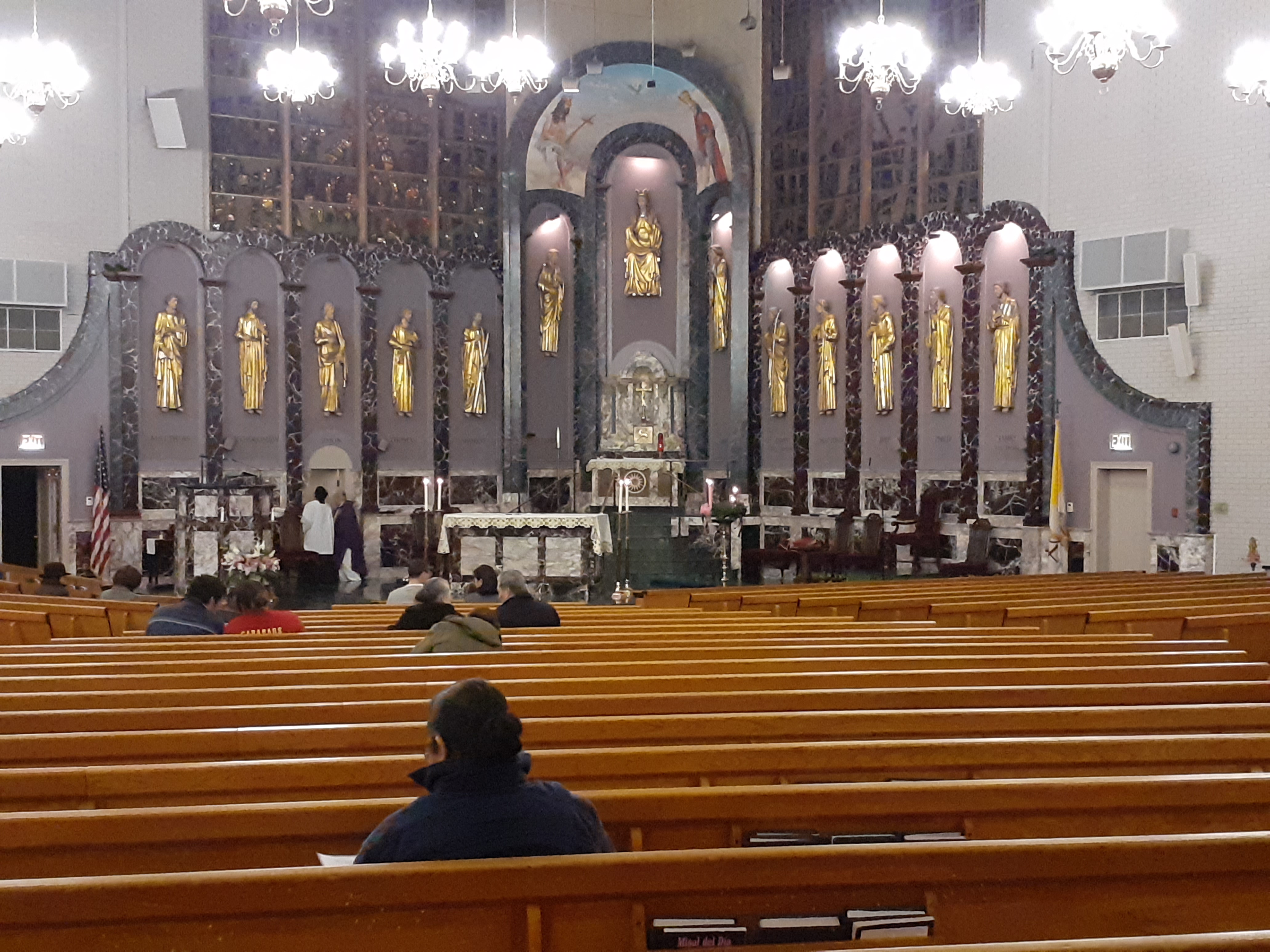
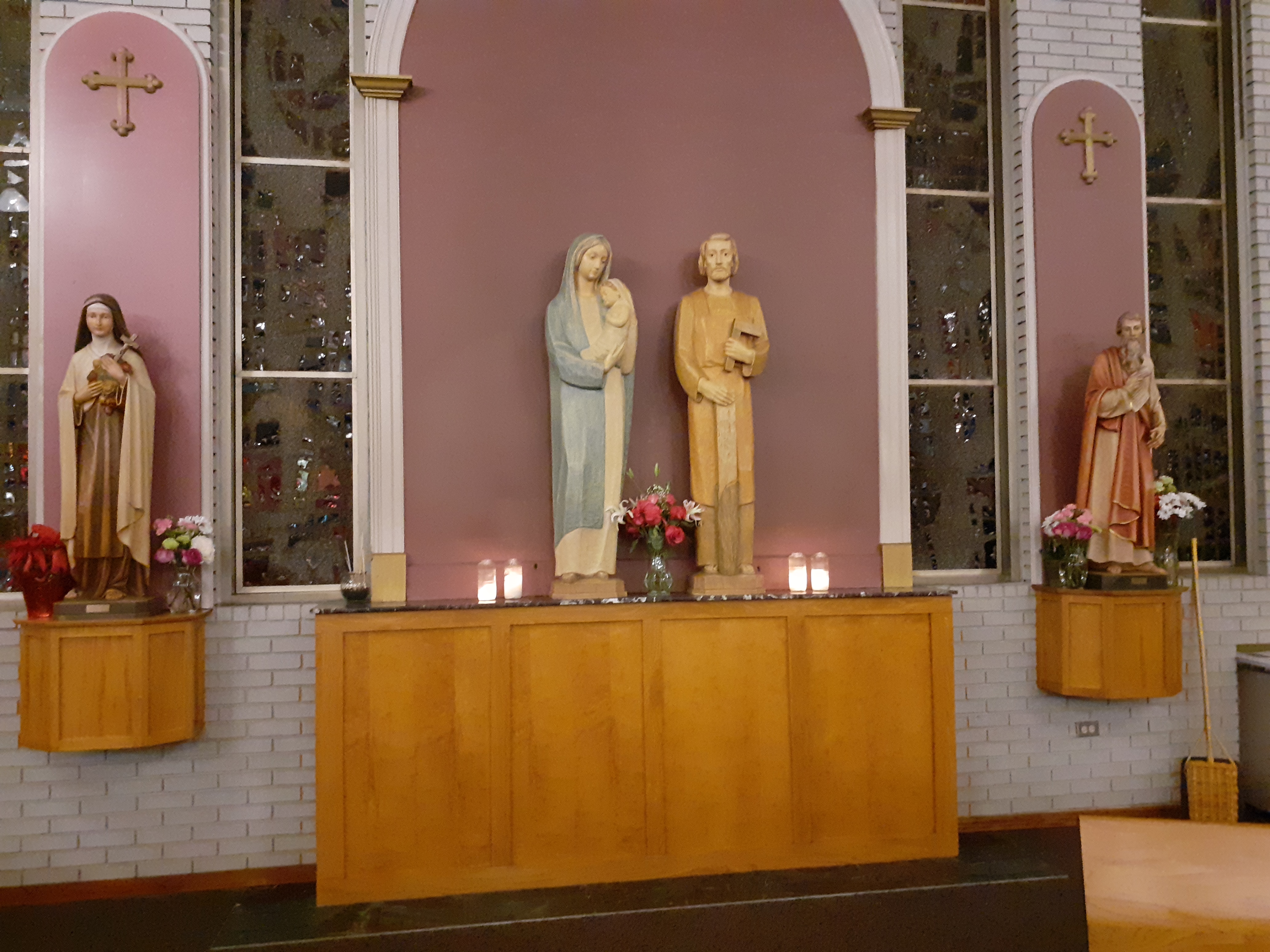
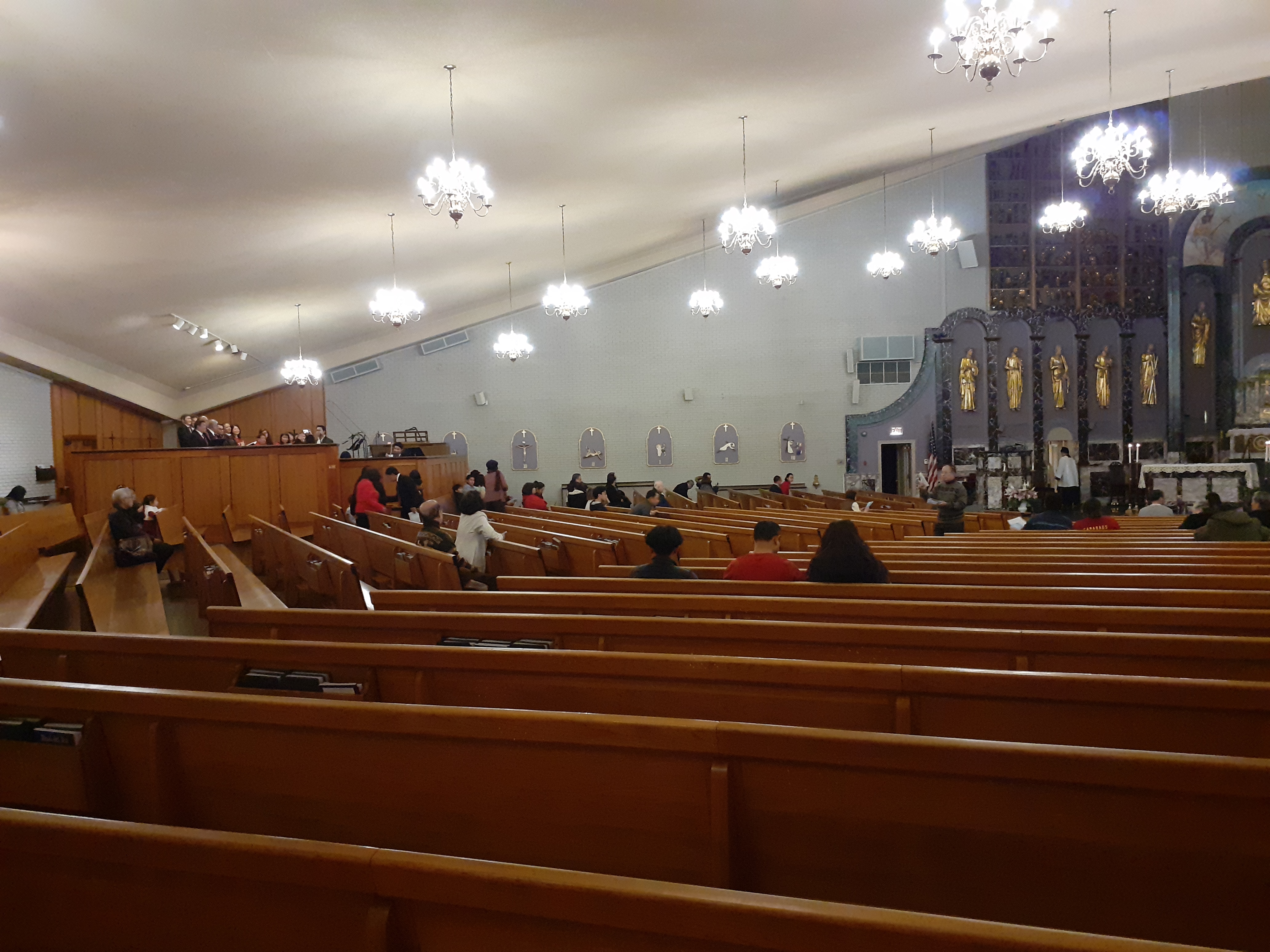
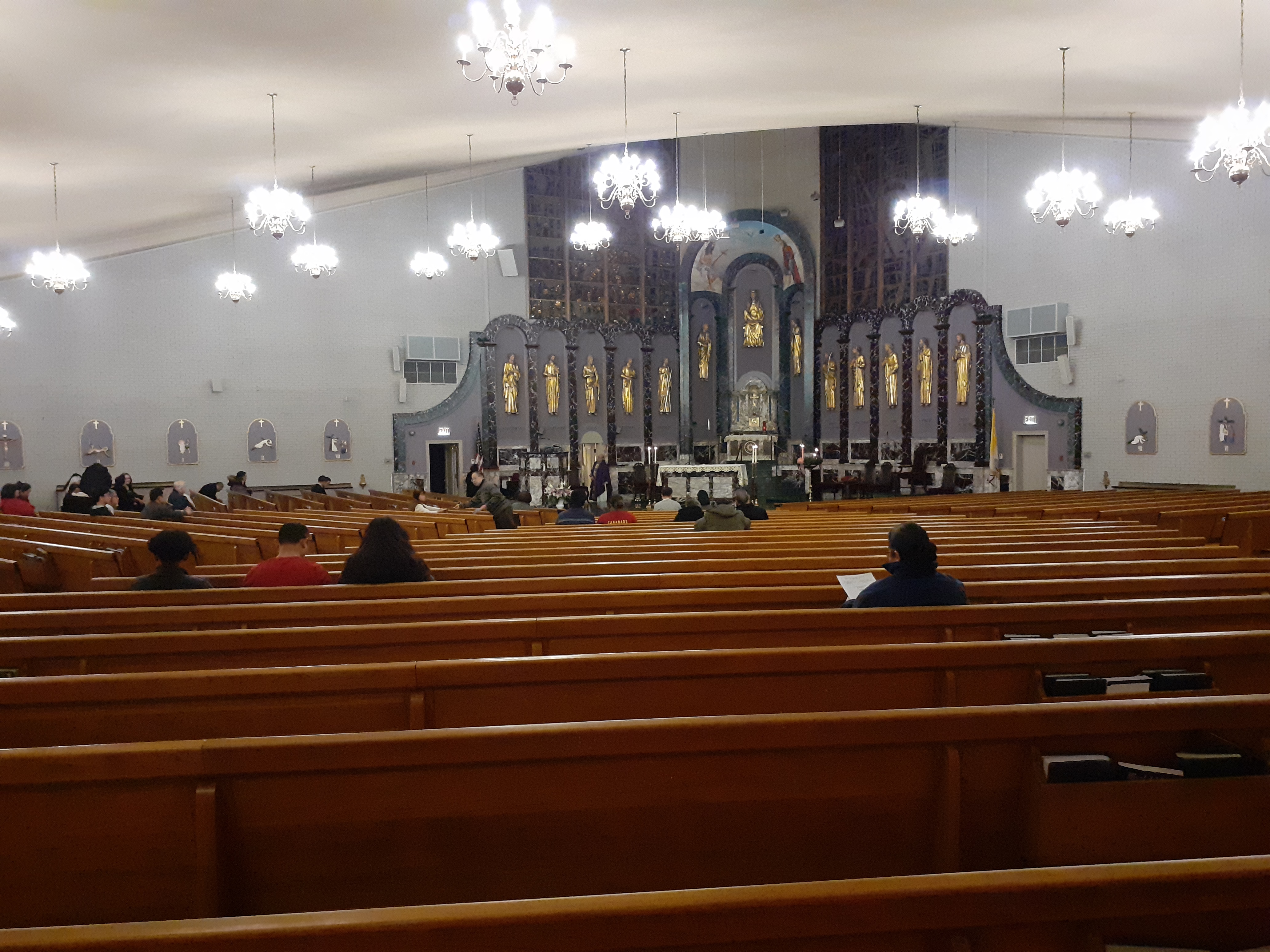
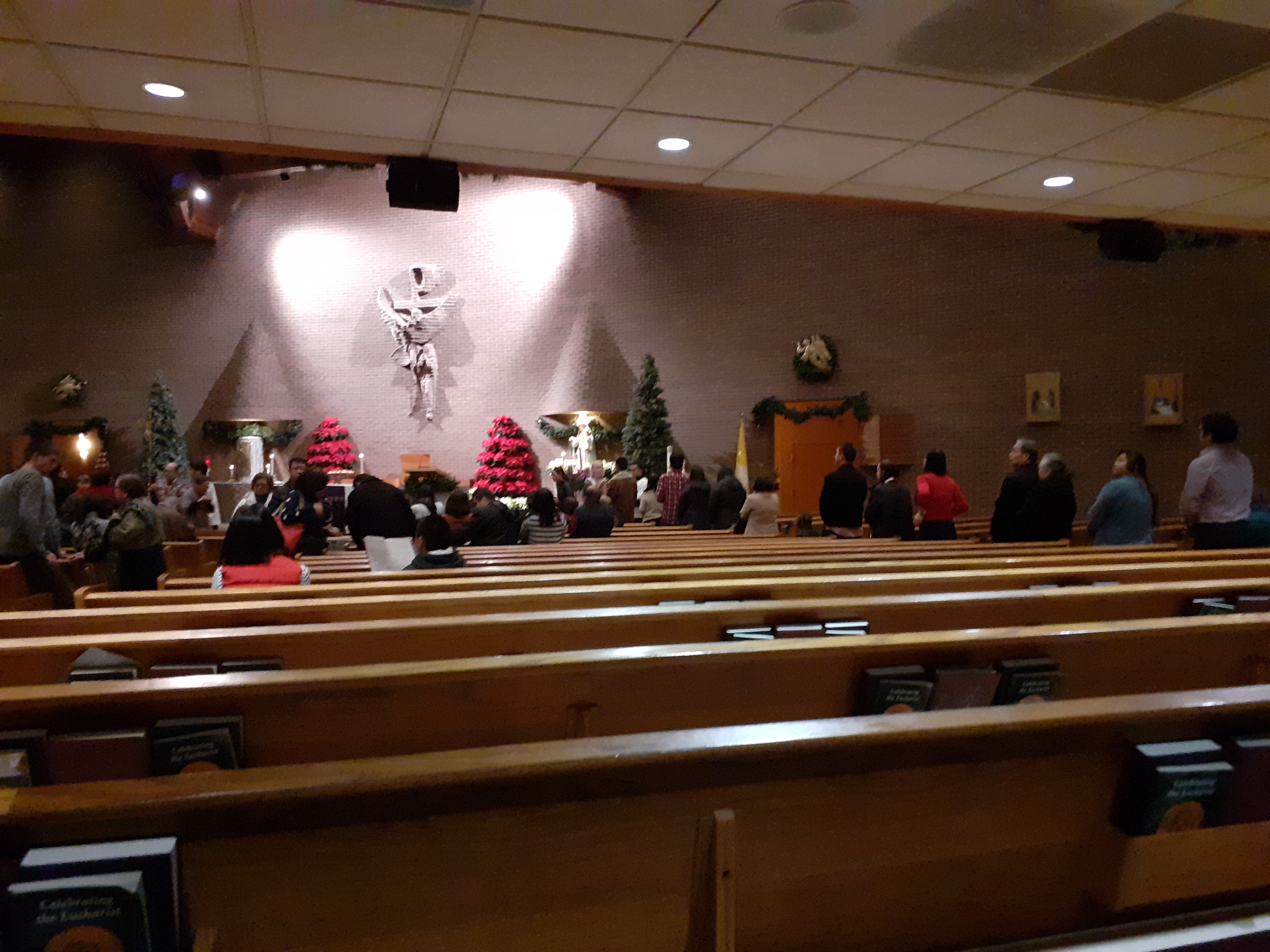
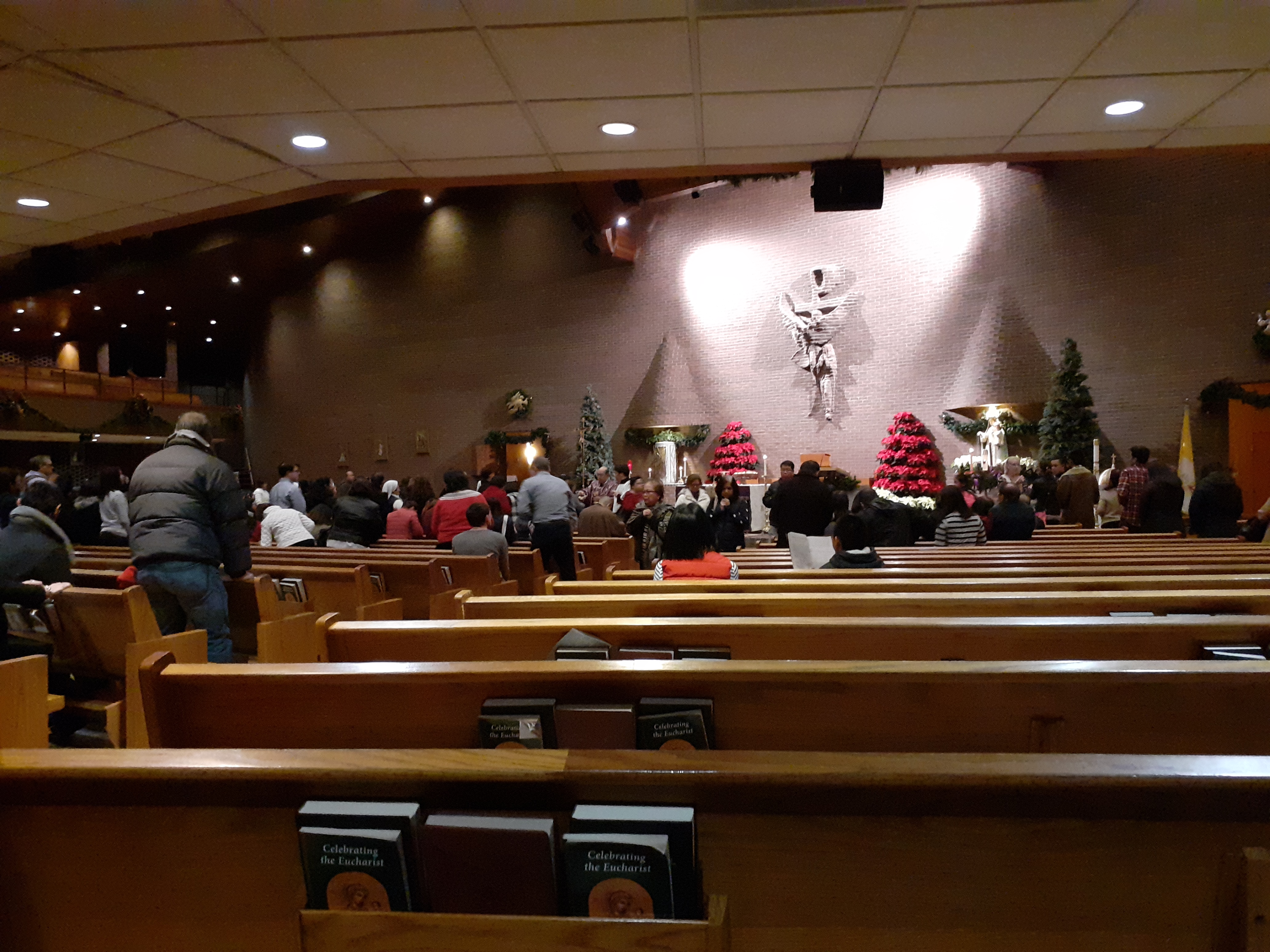
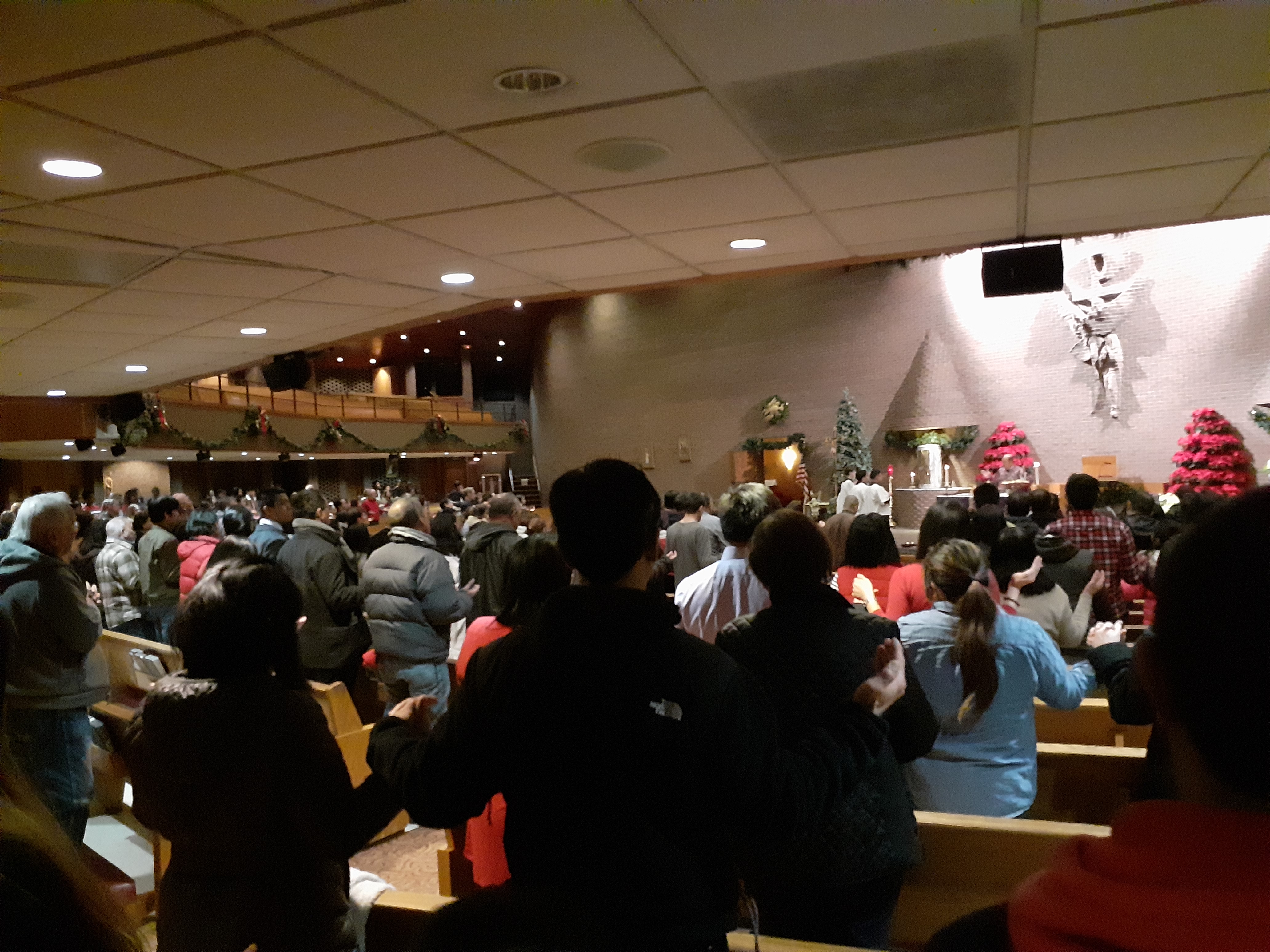
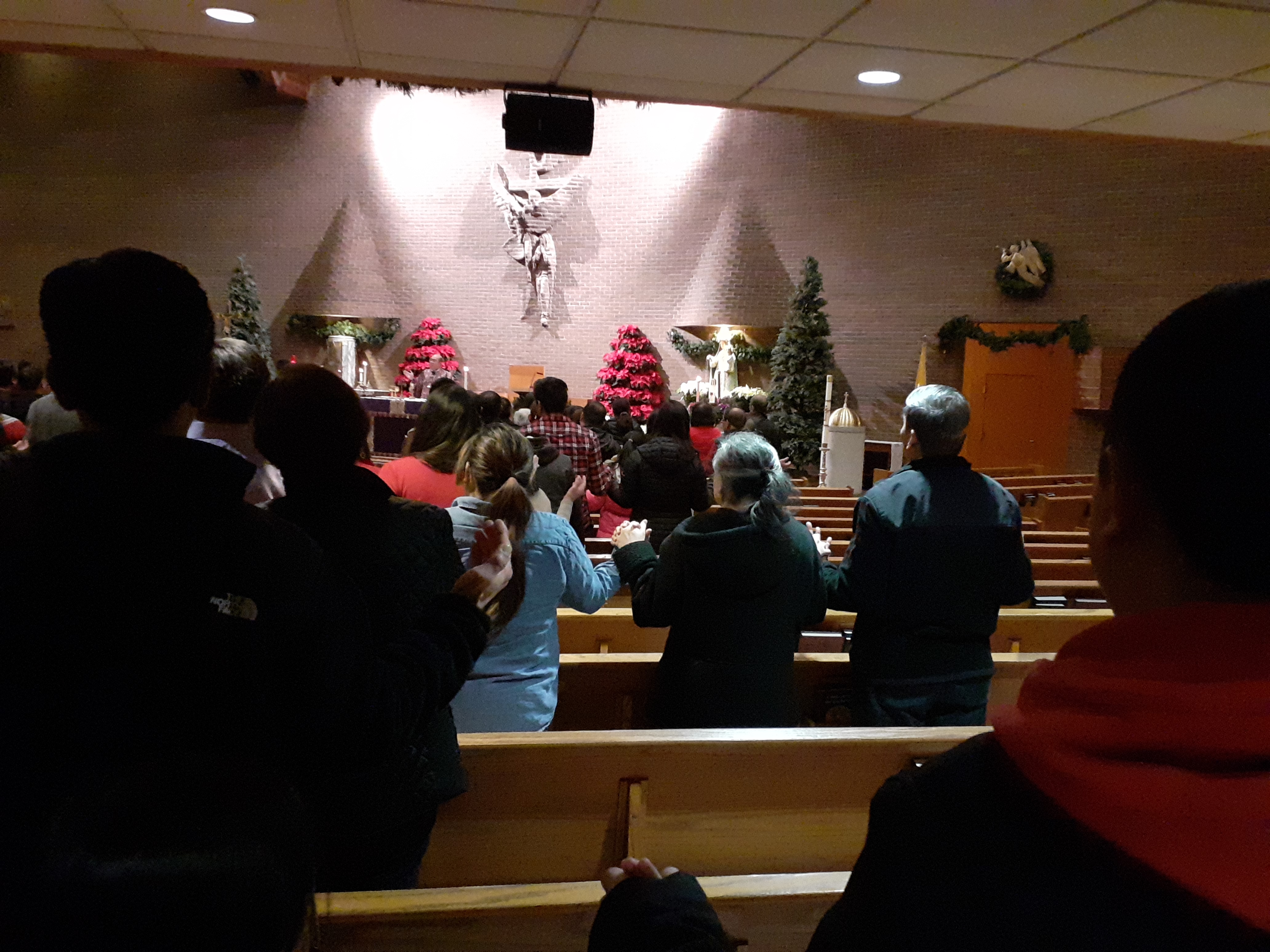
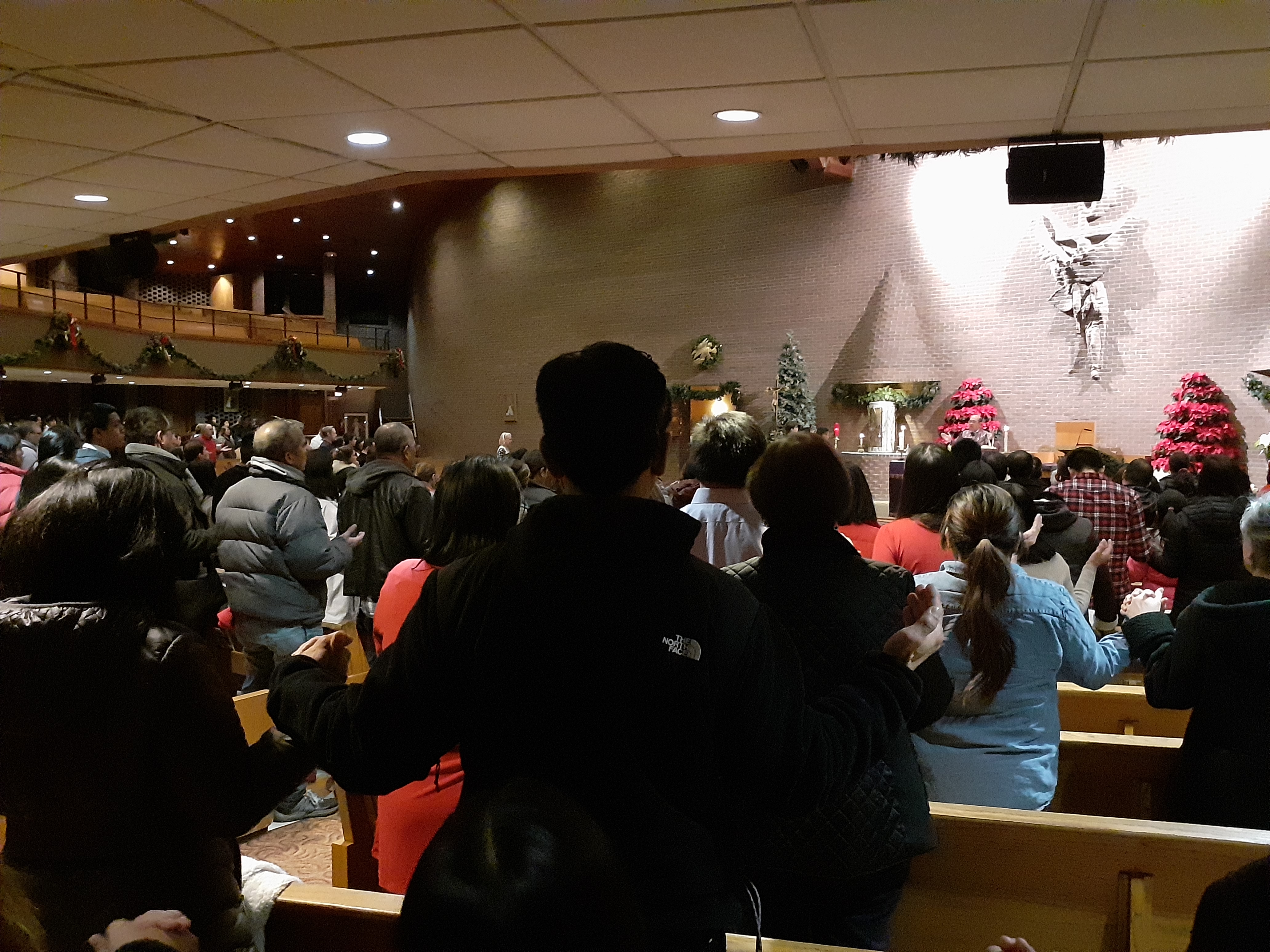
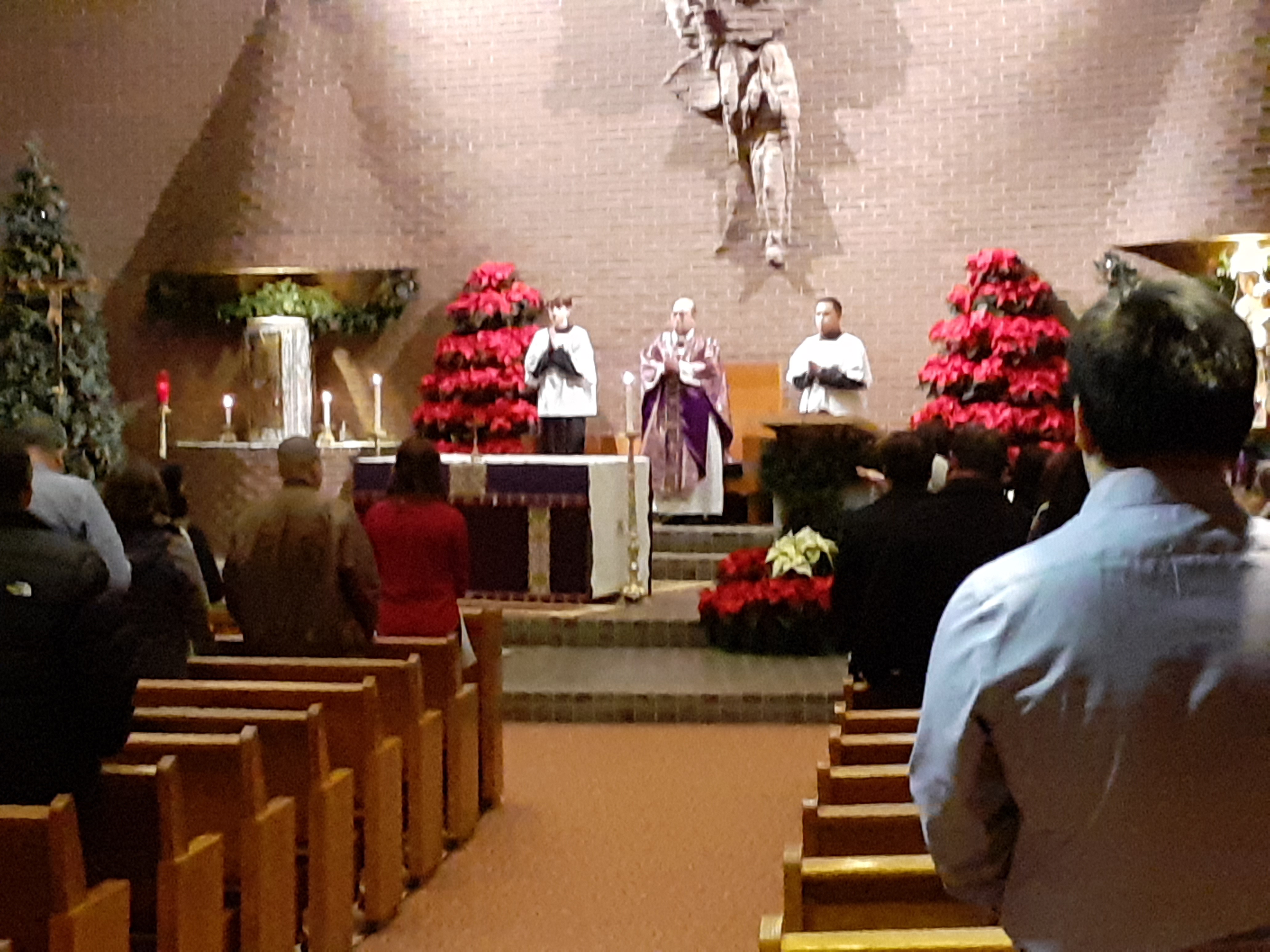
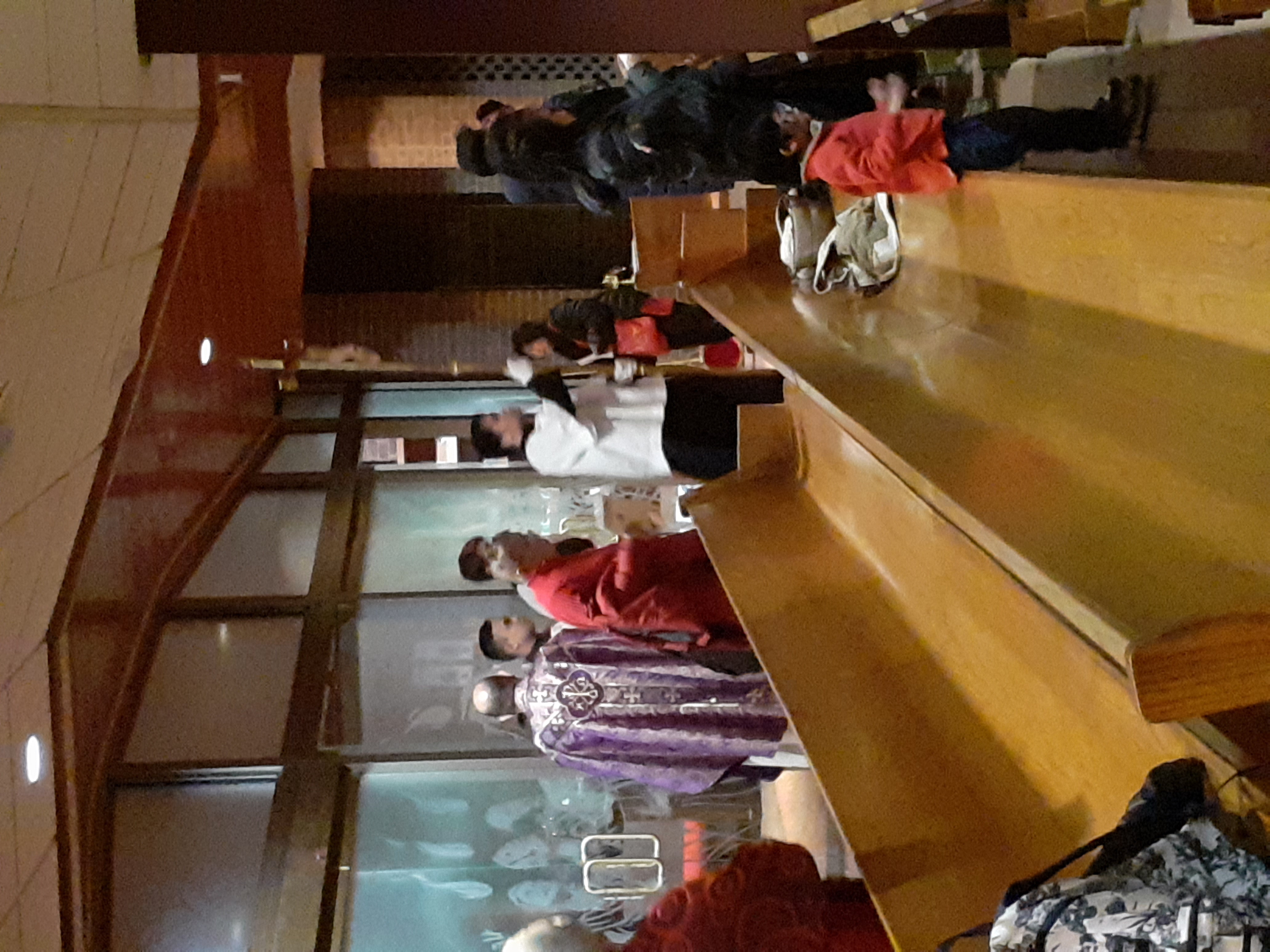
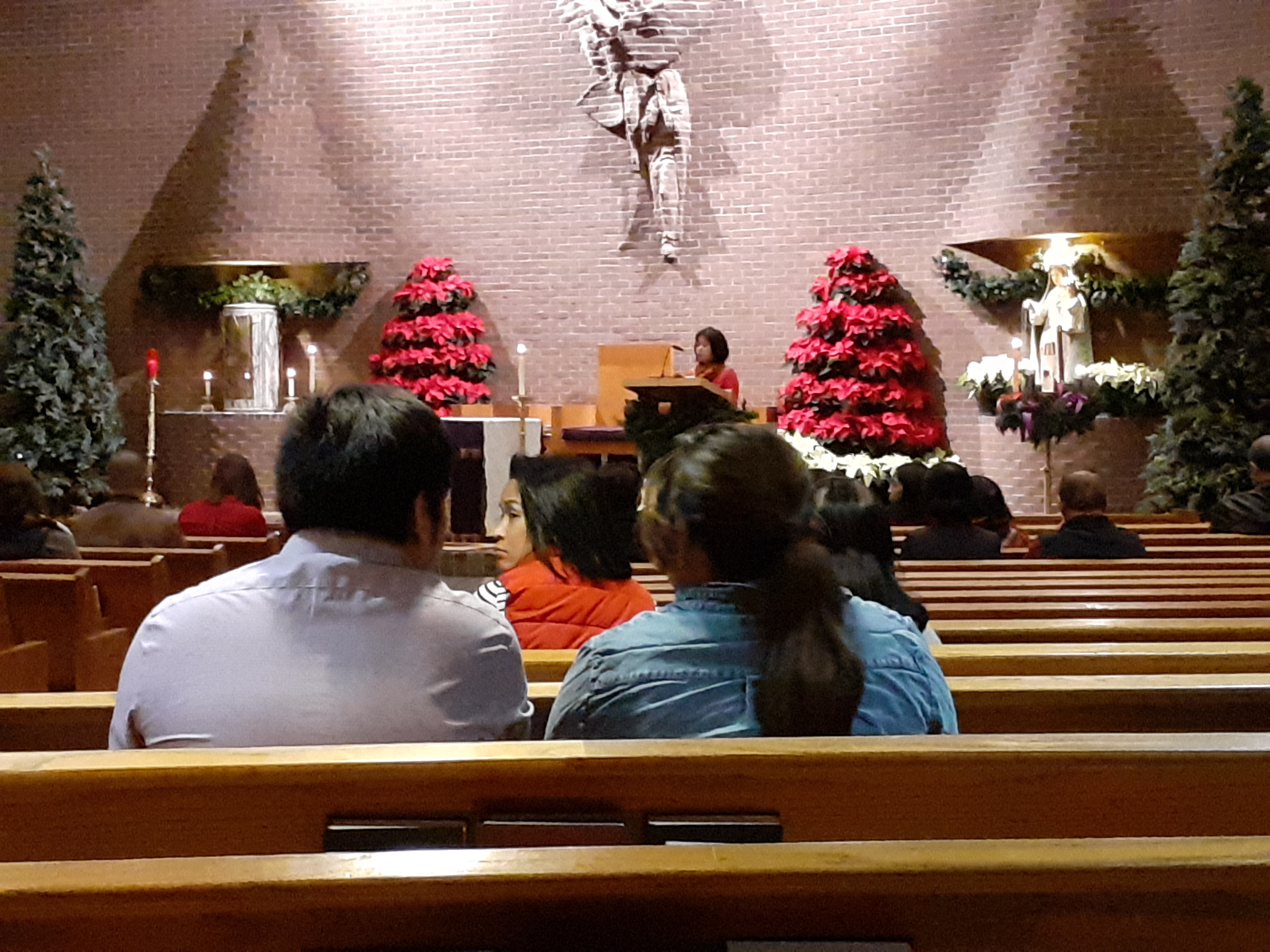
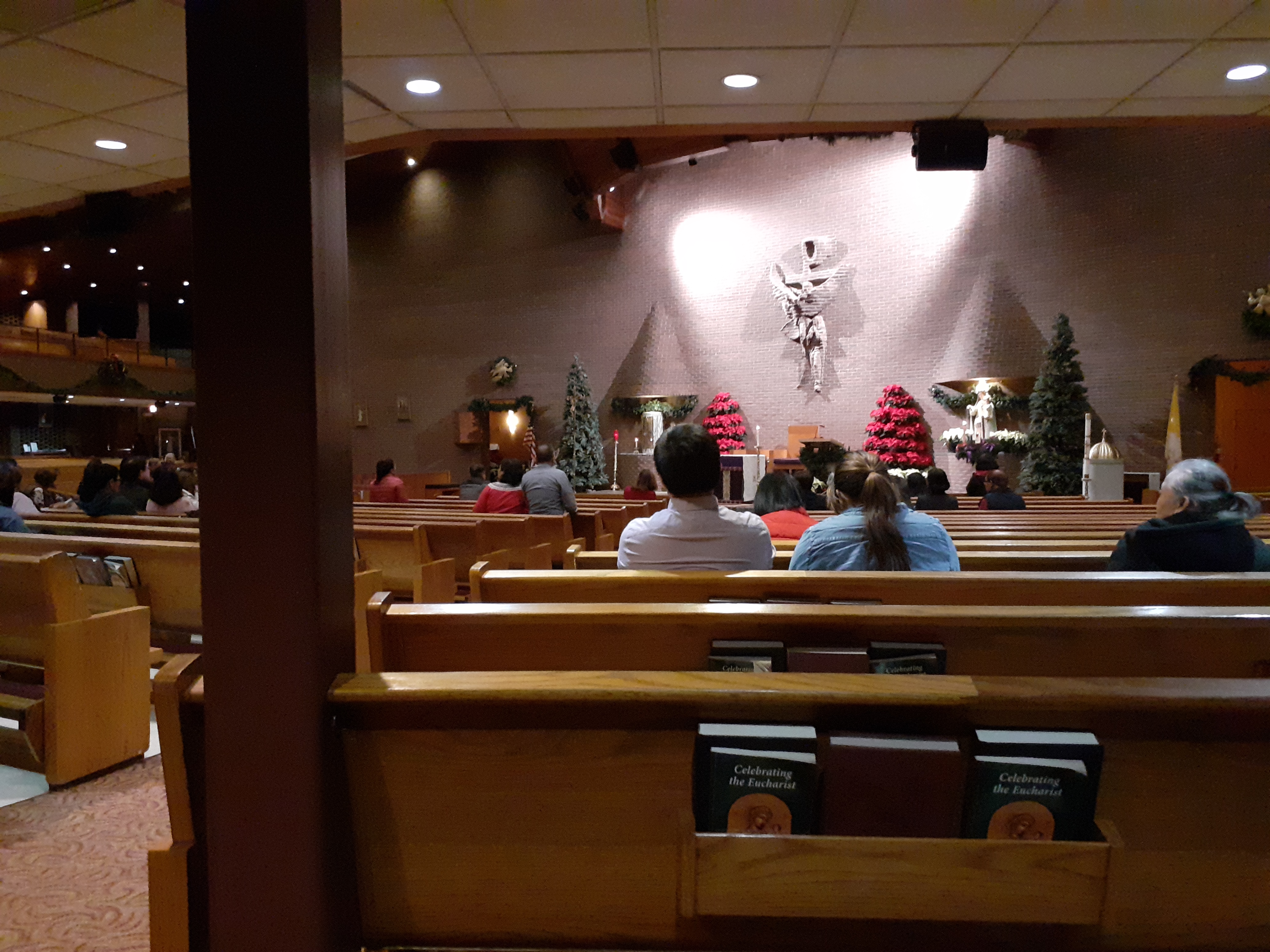
.jpg)
